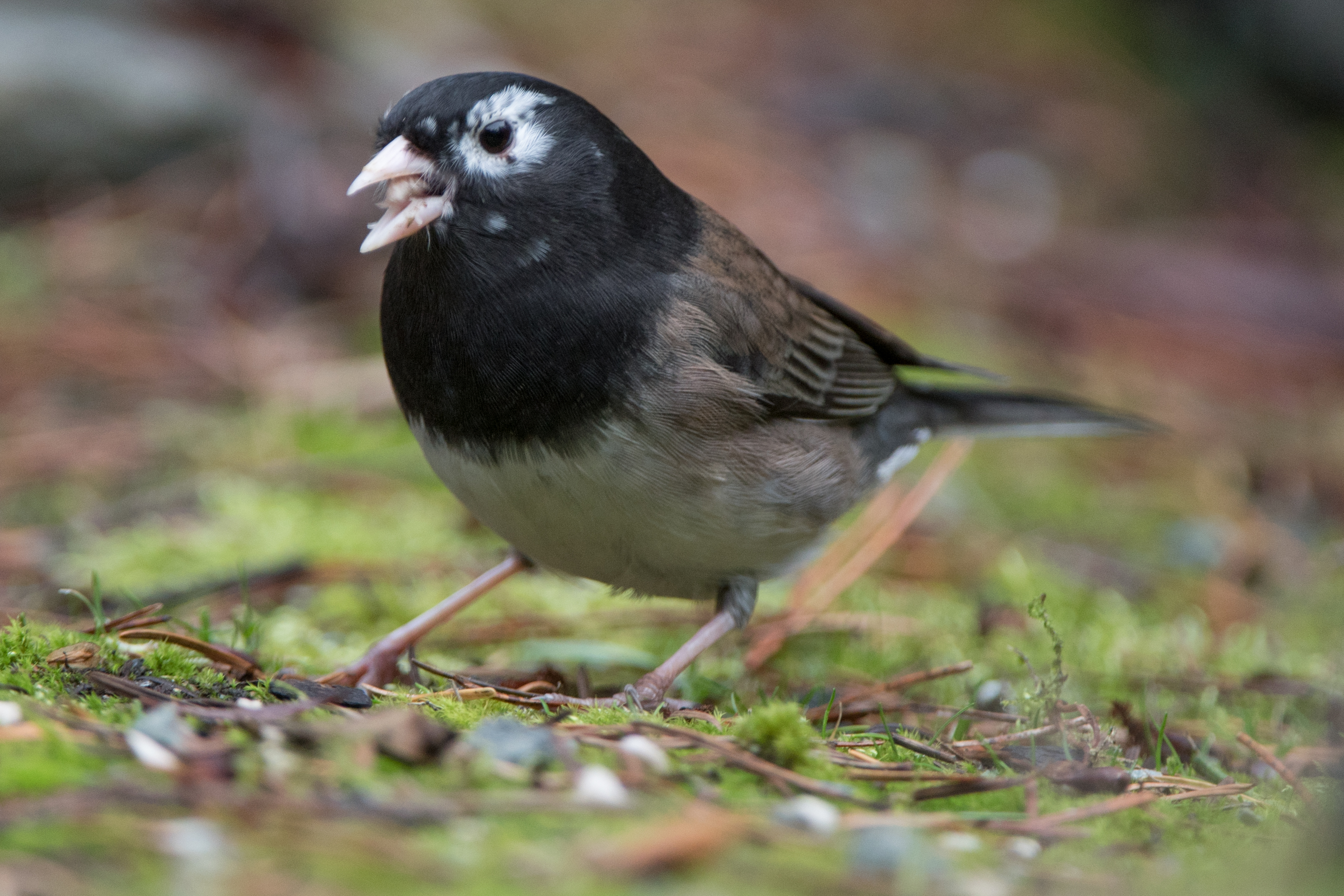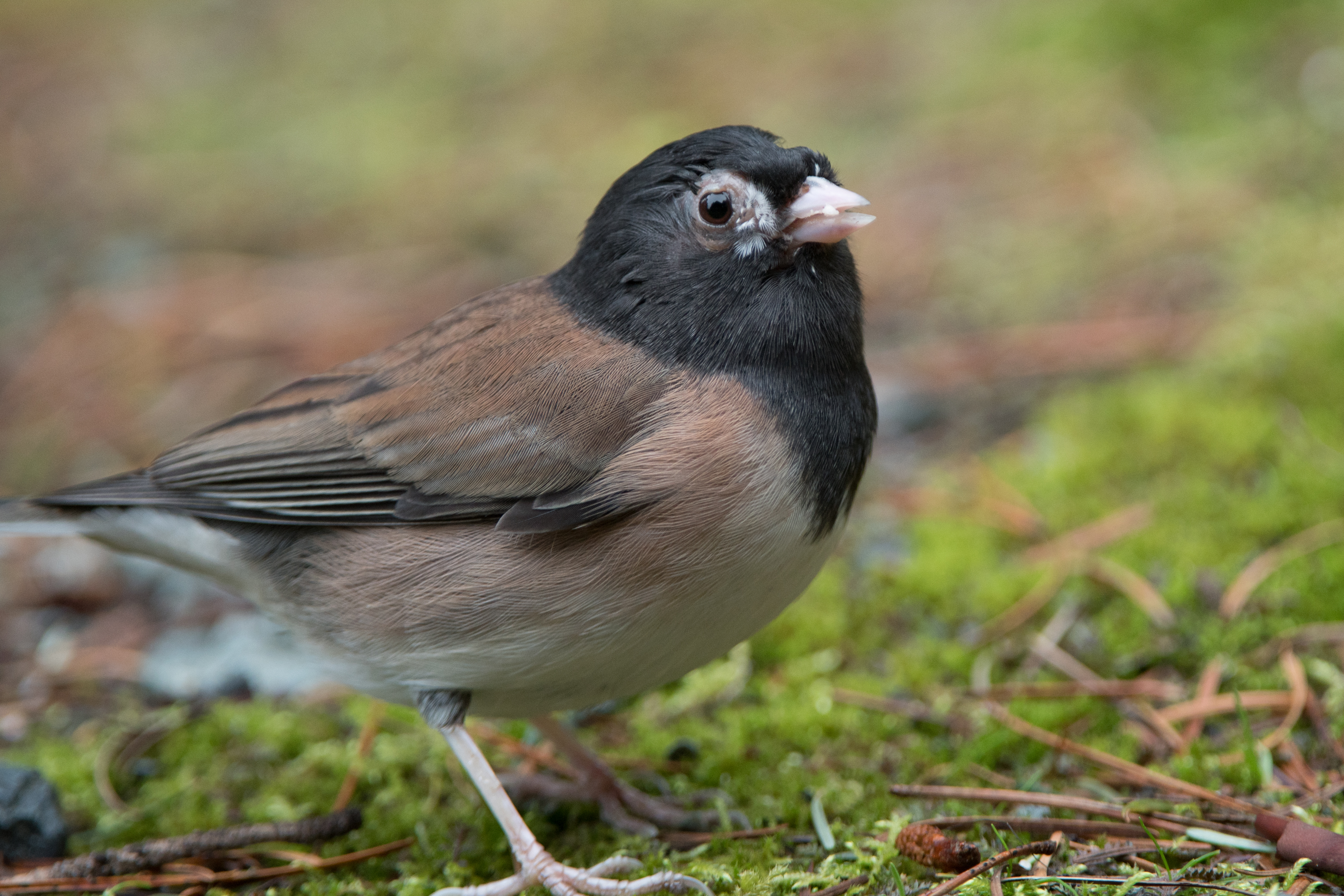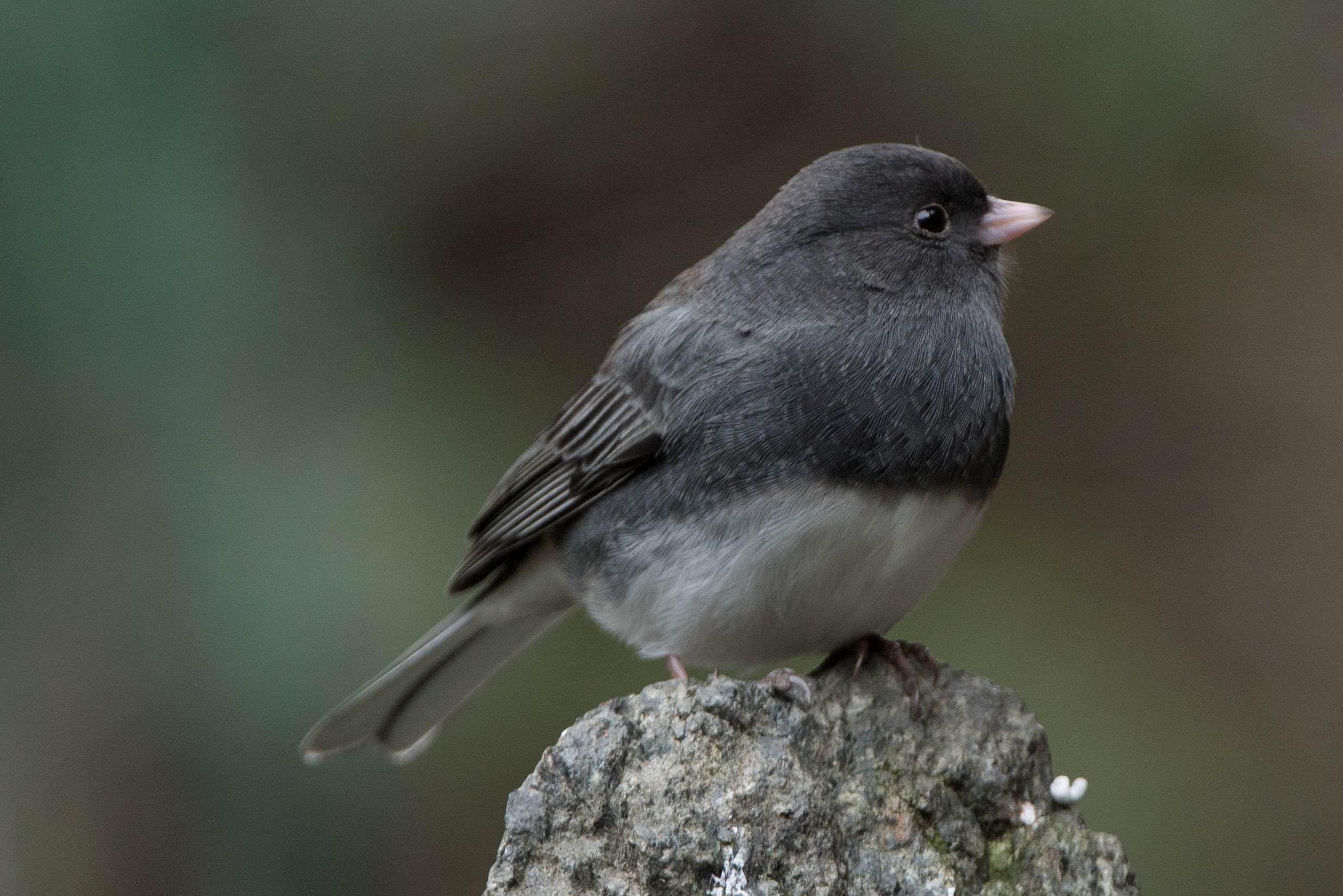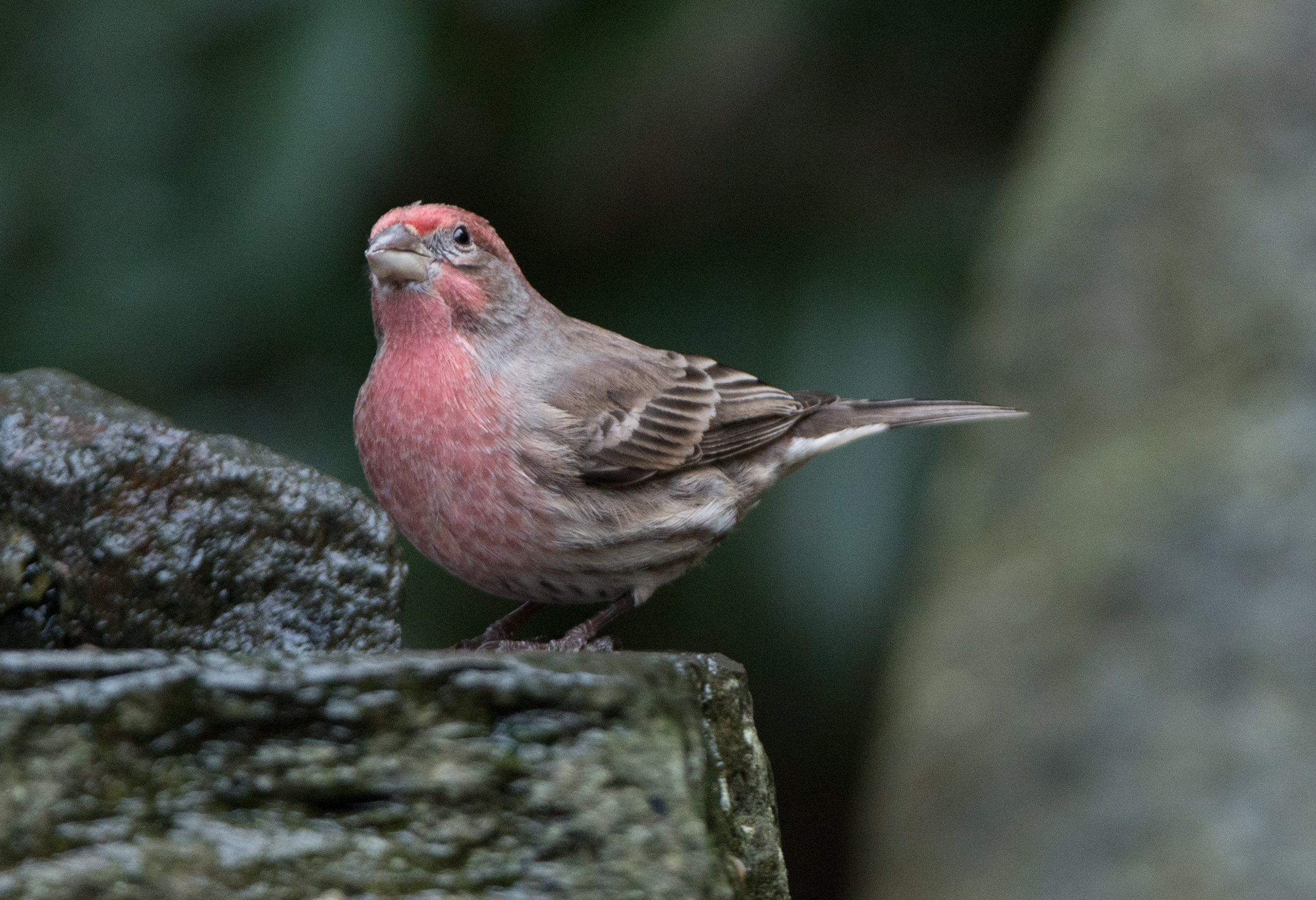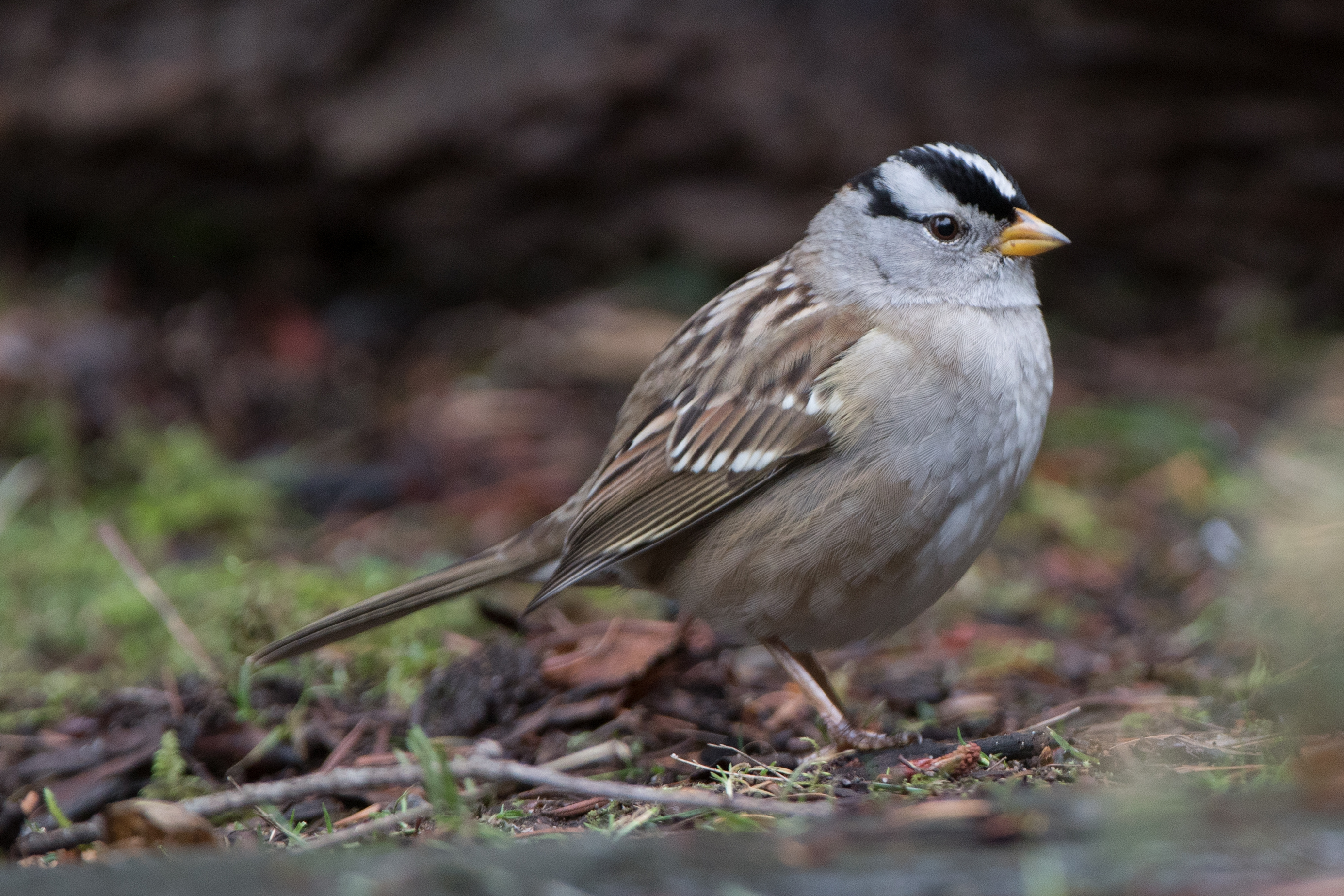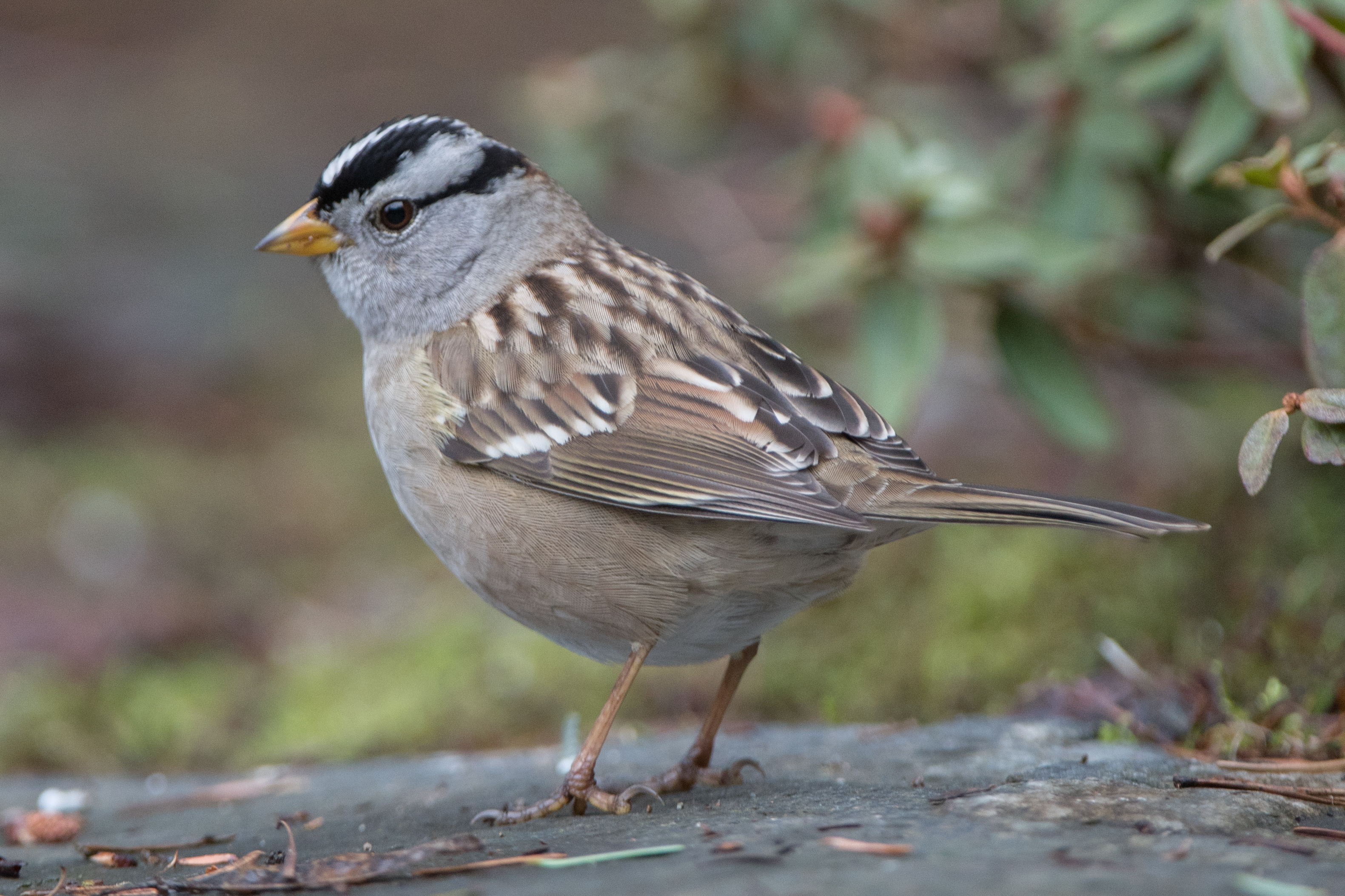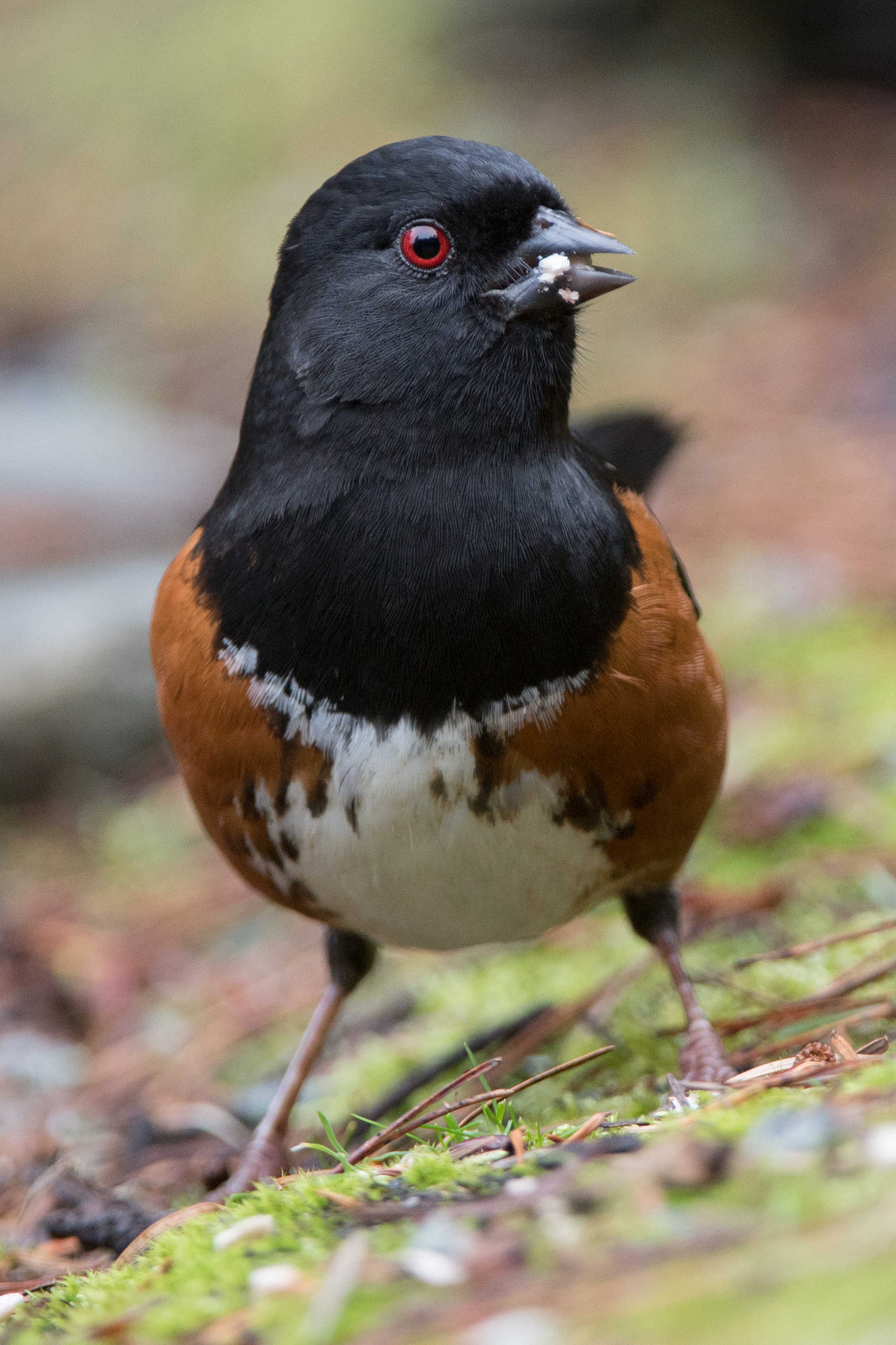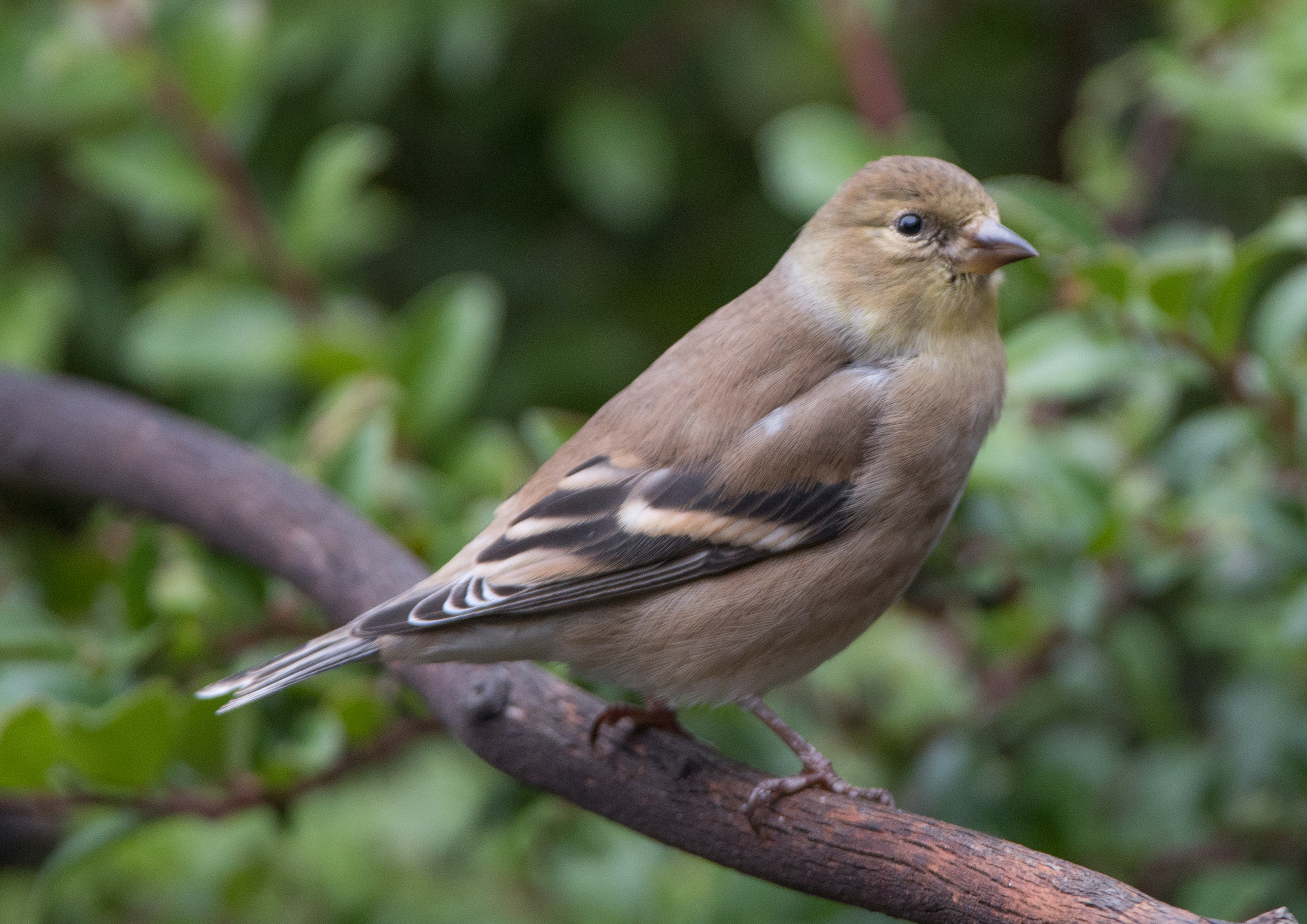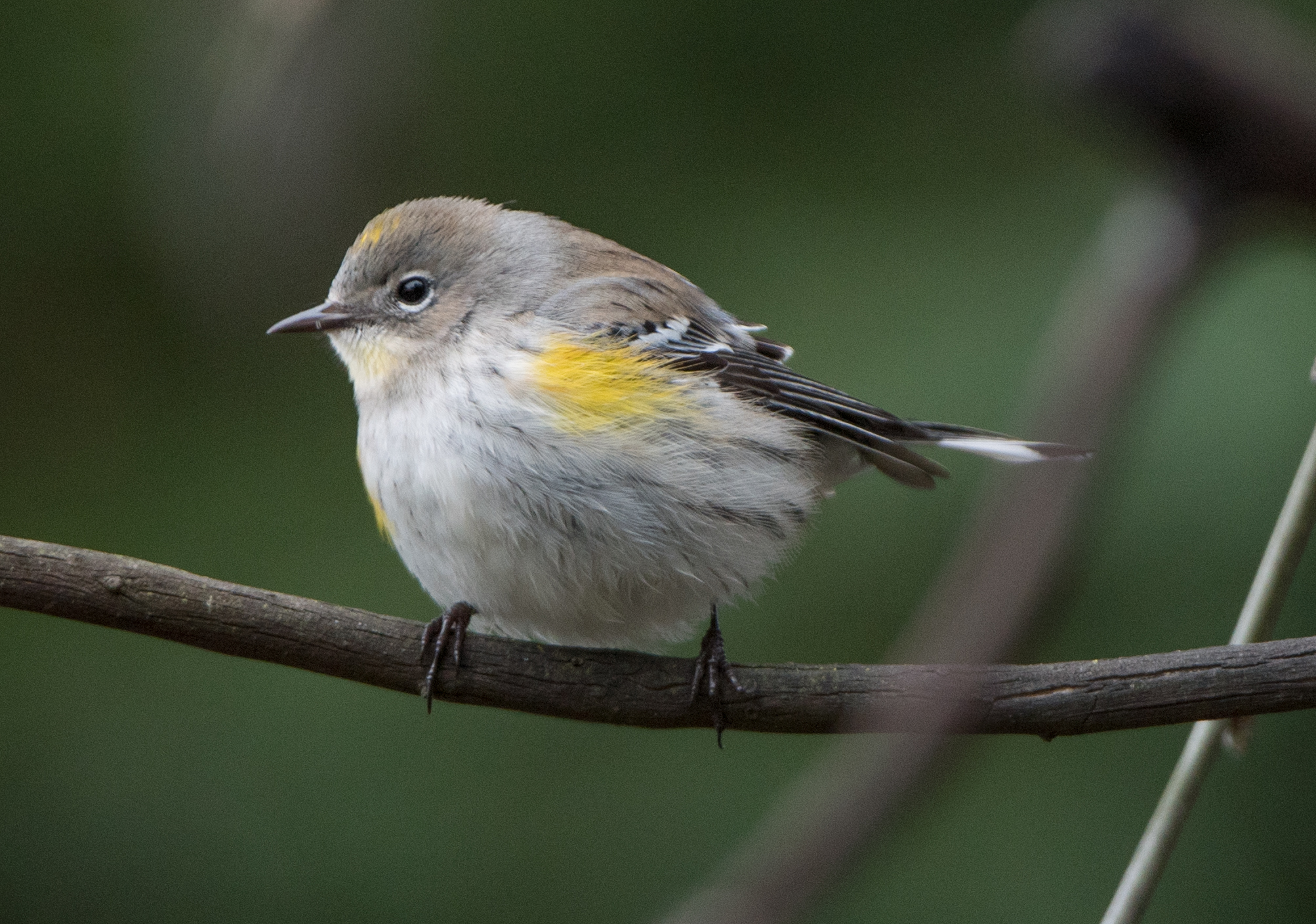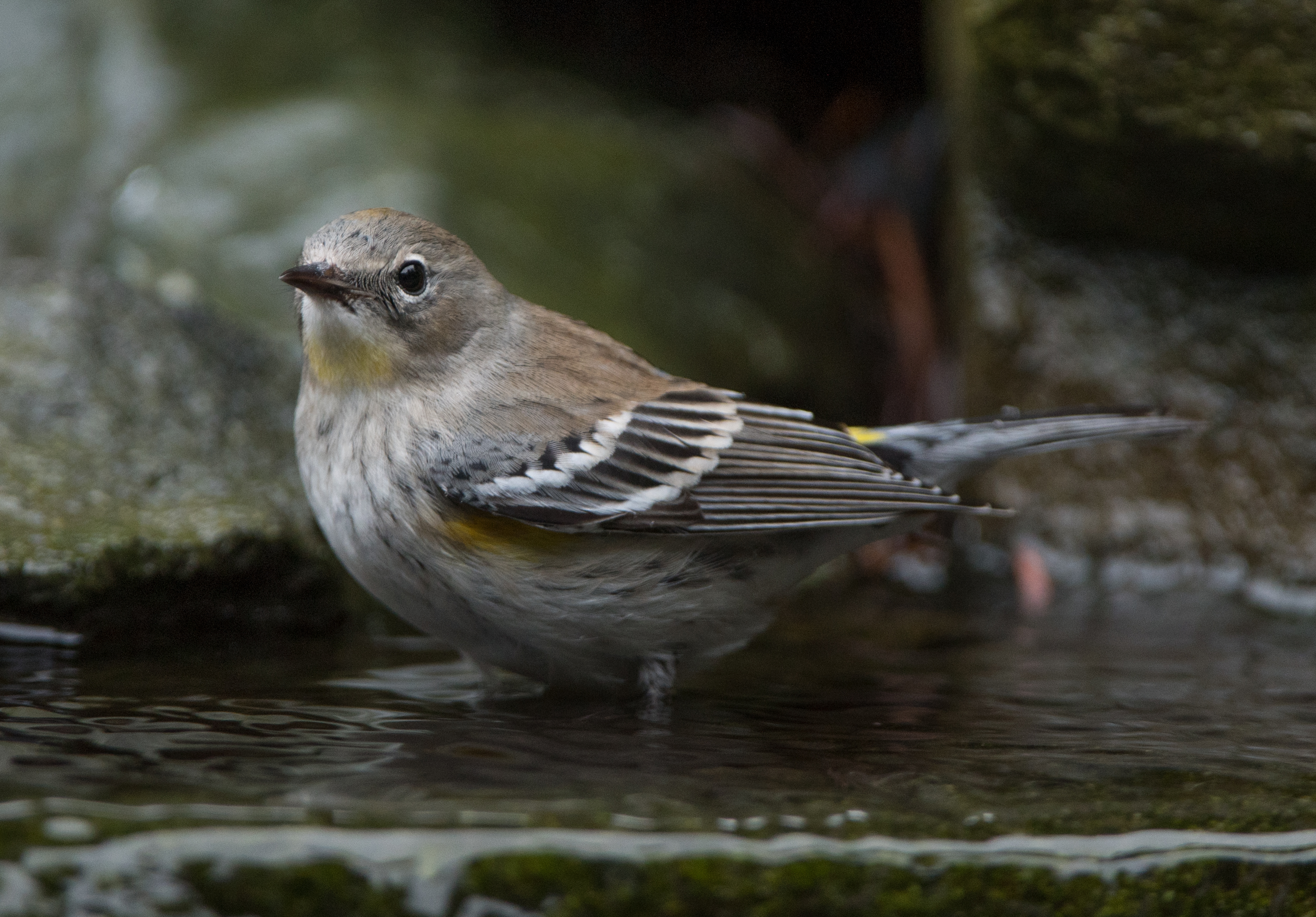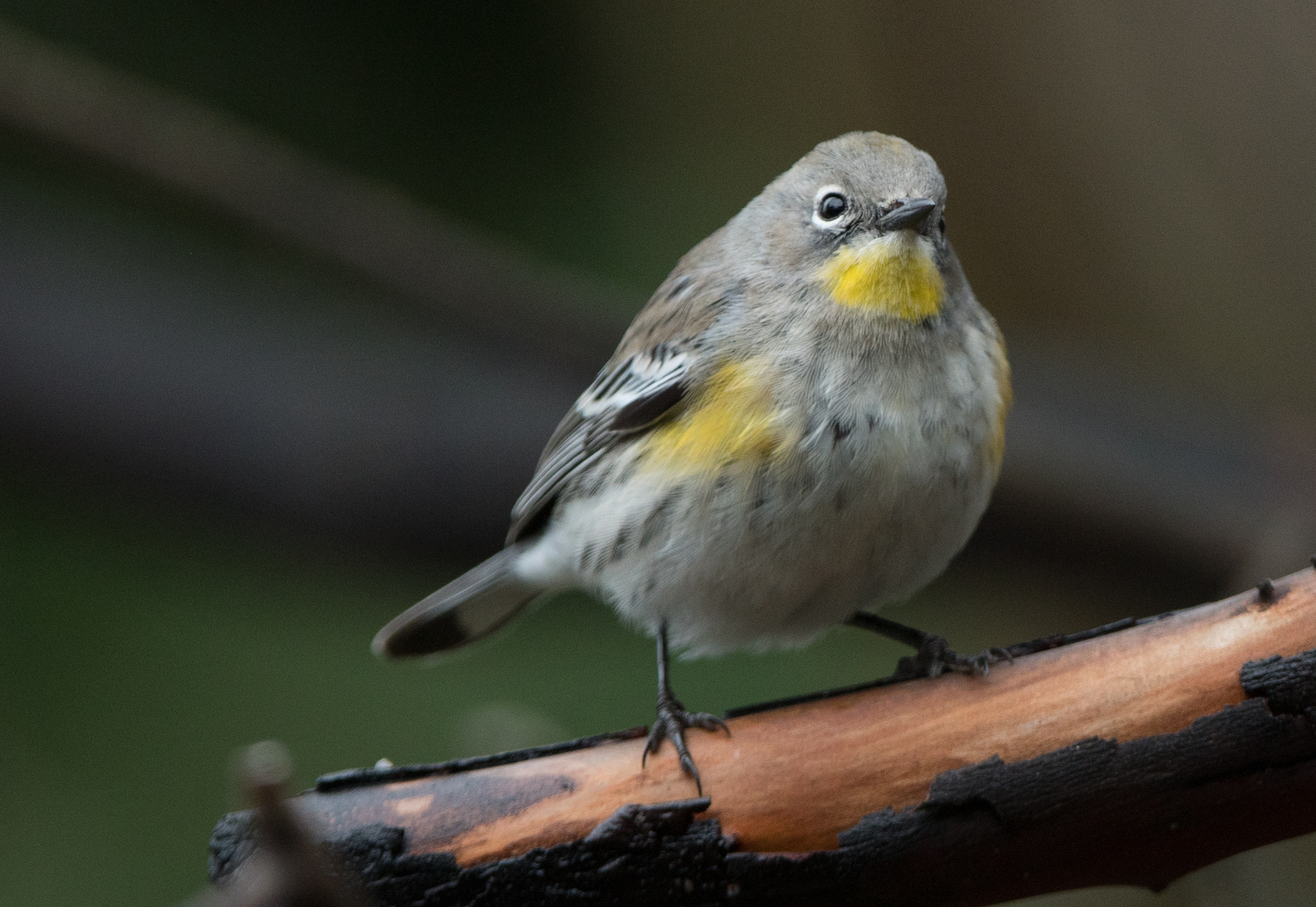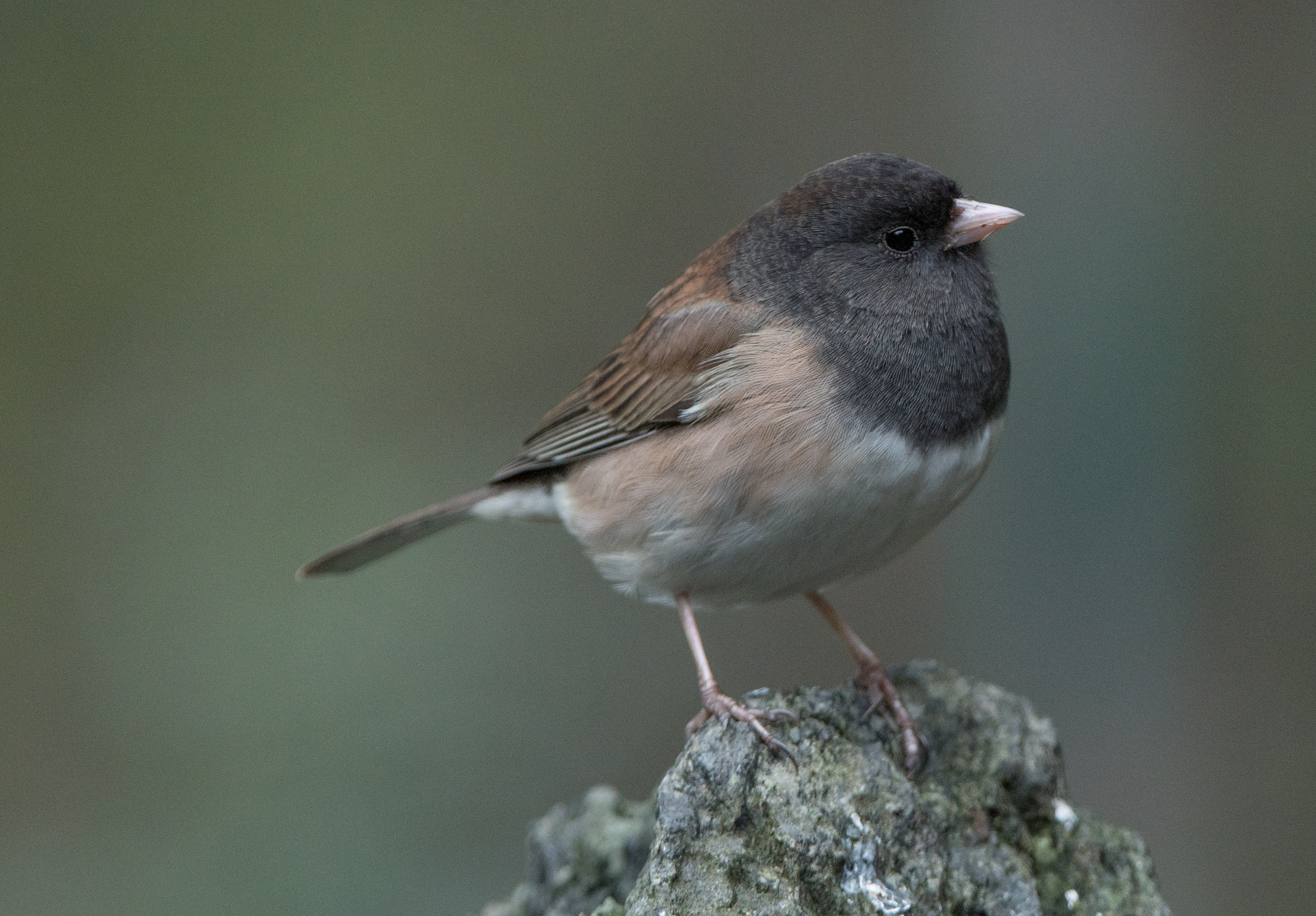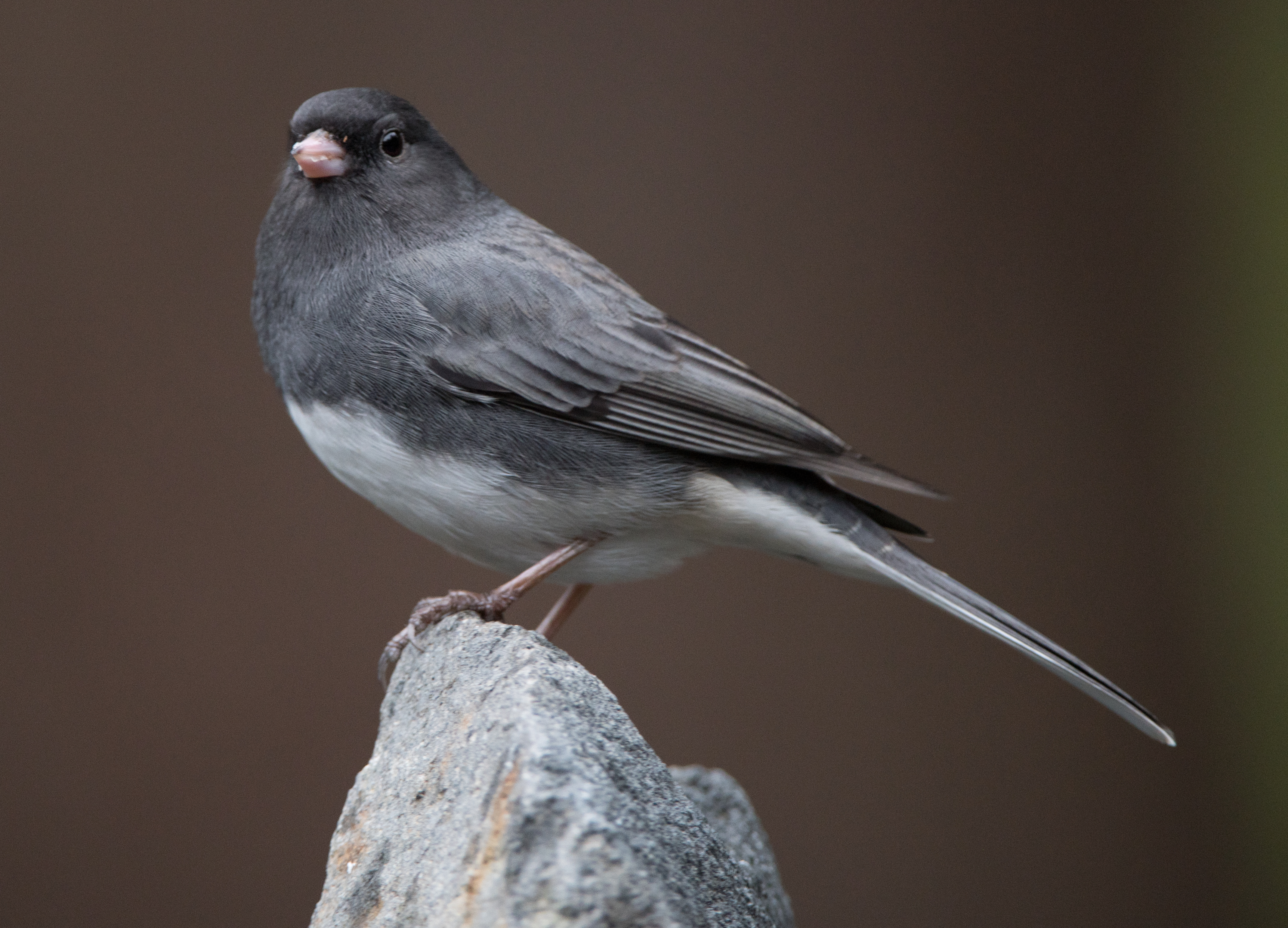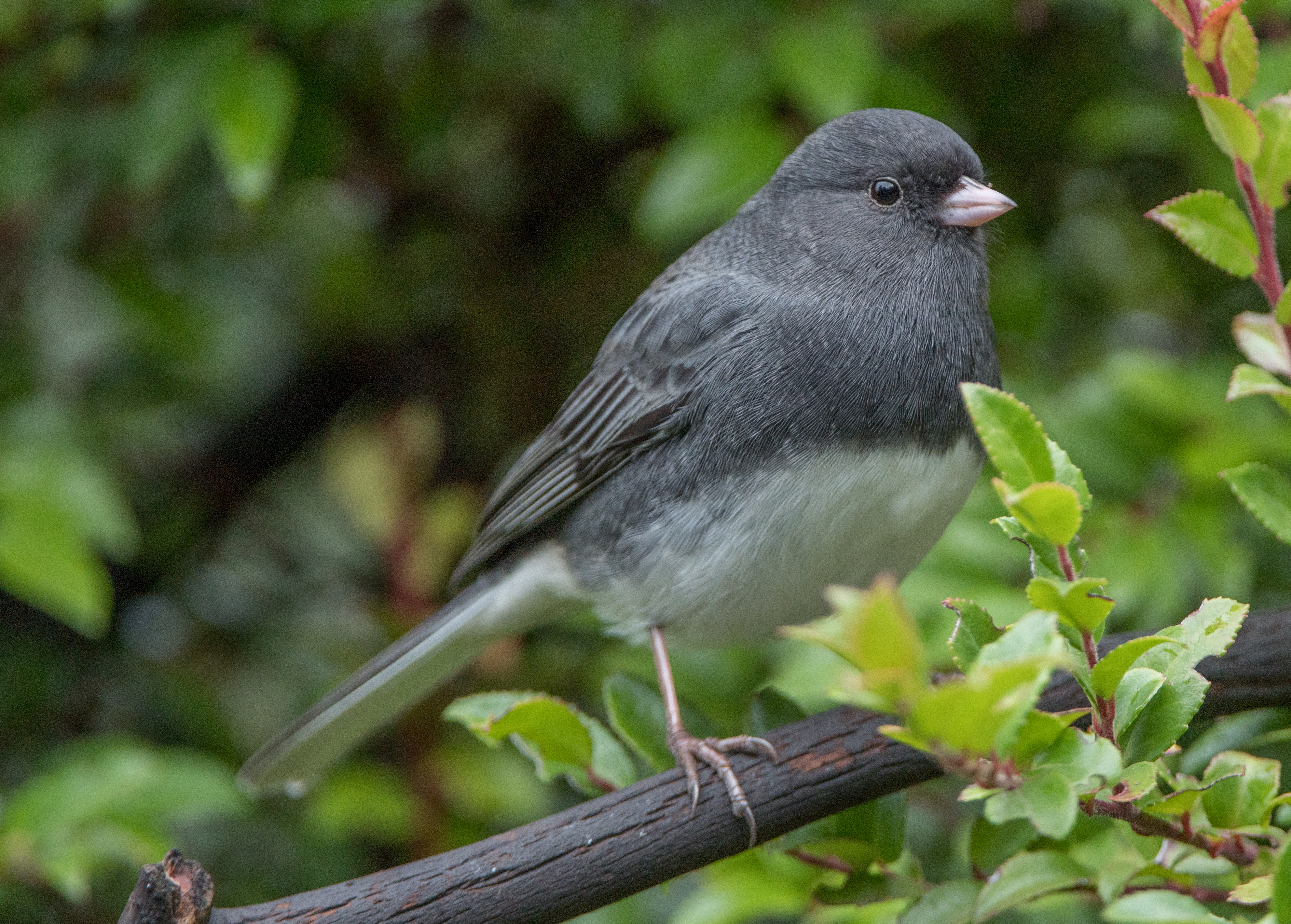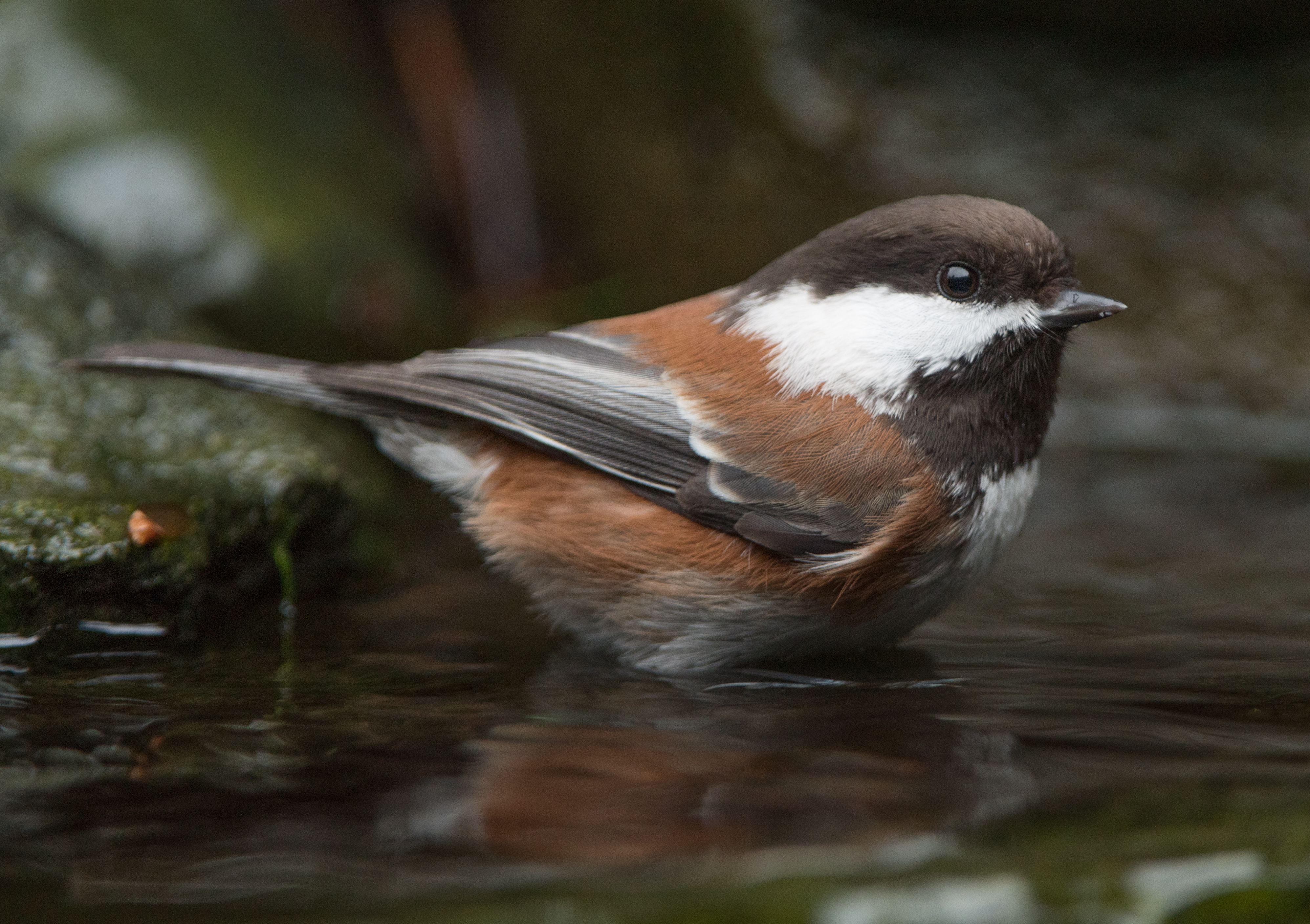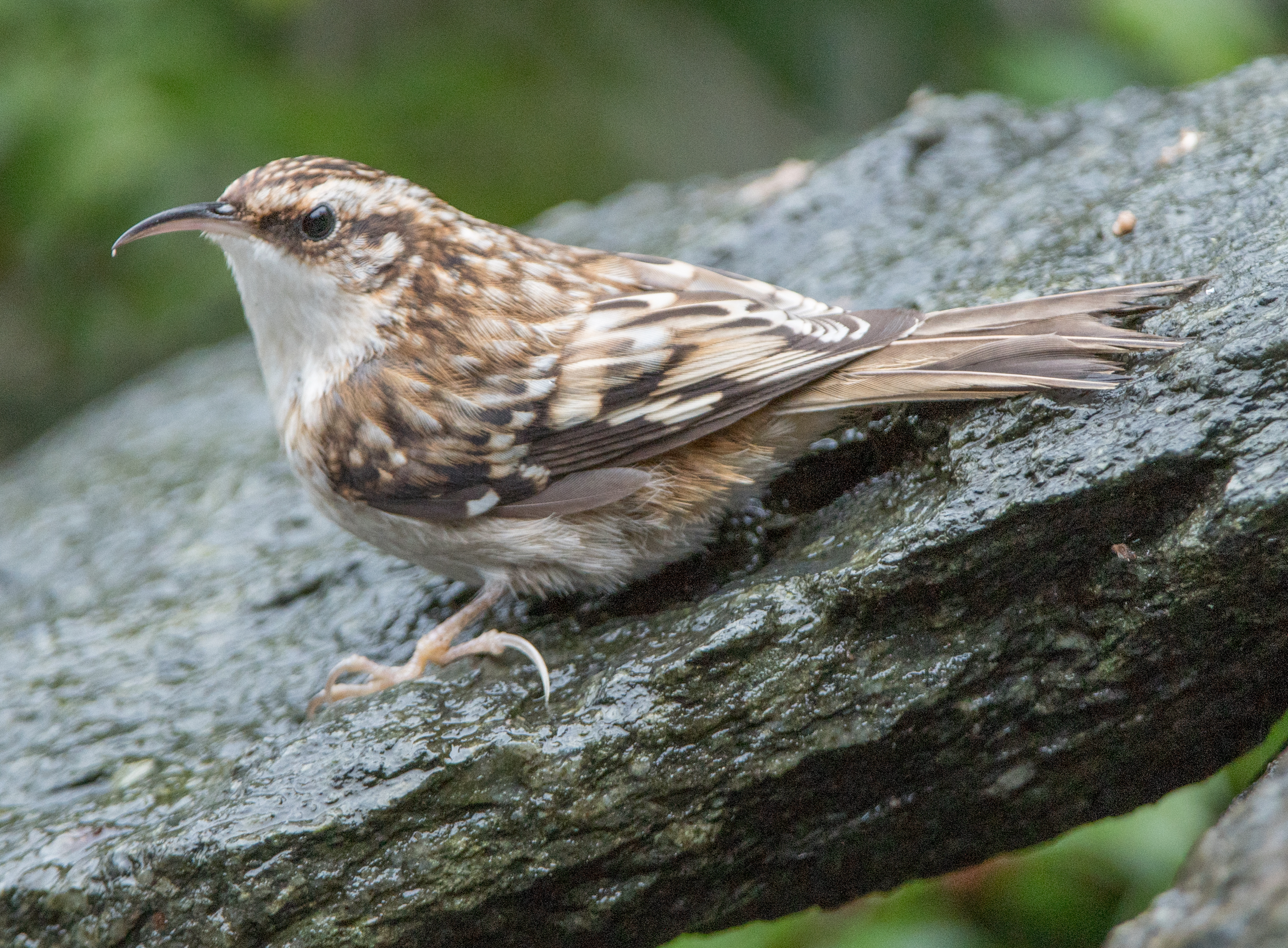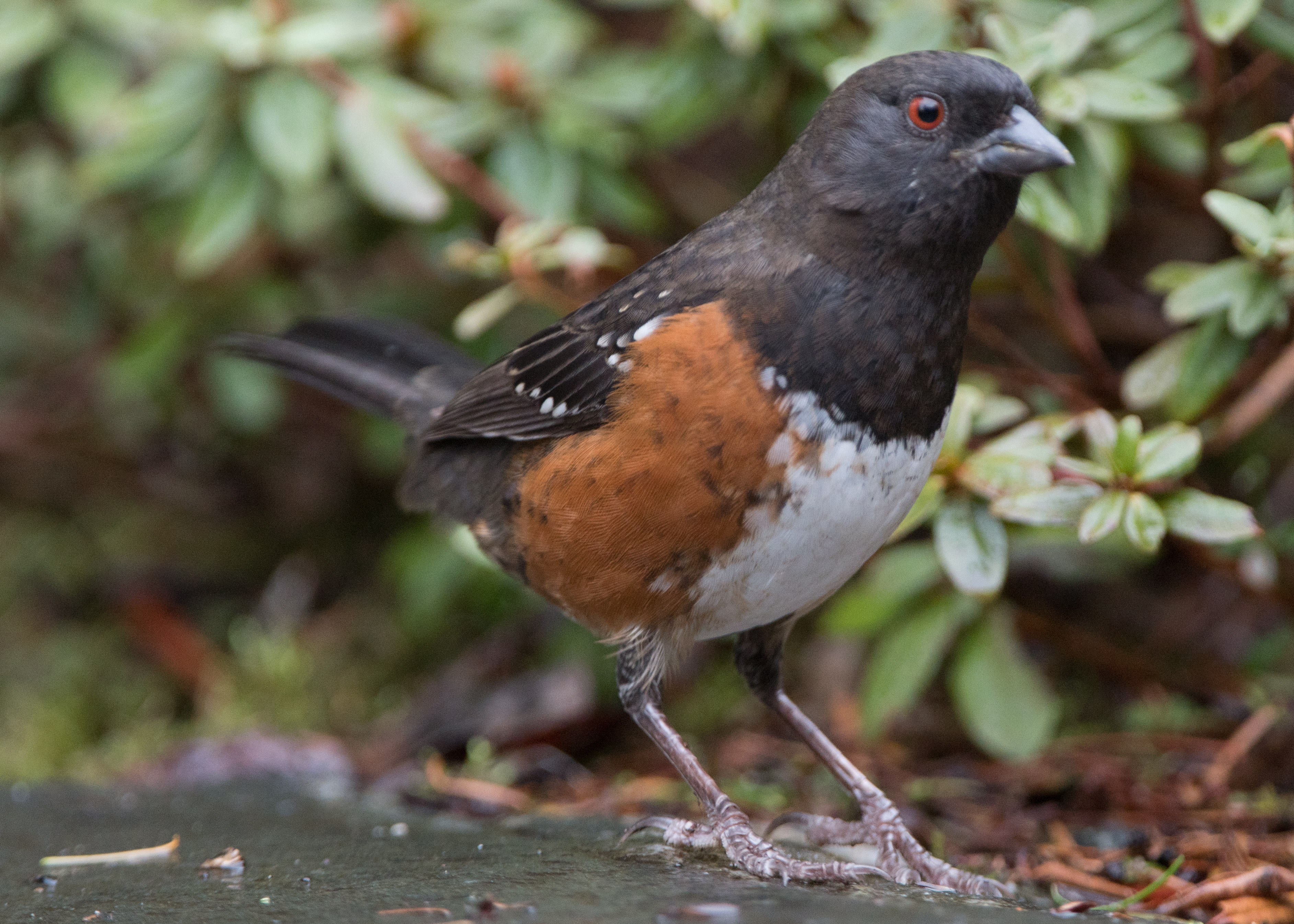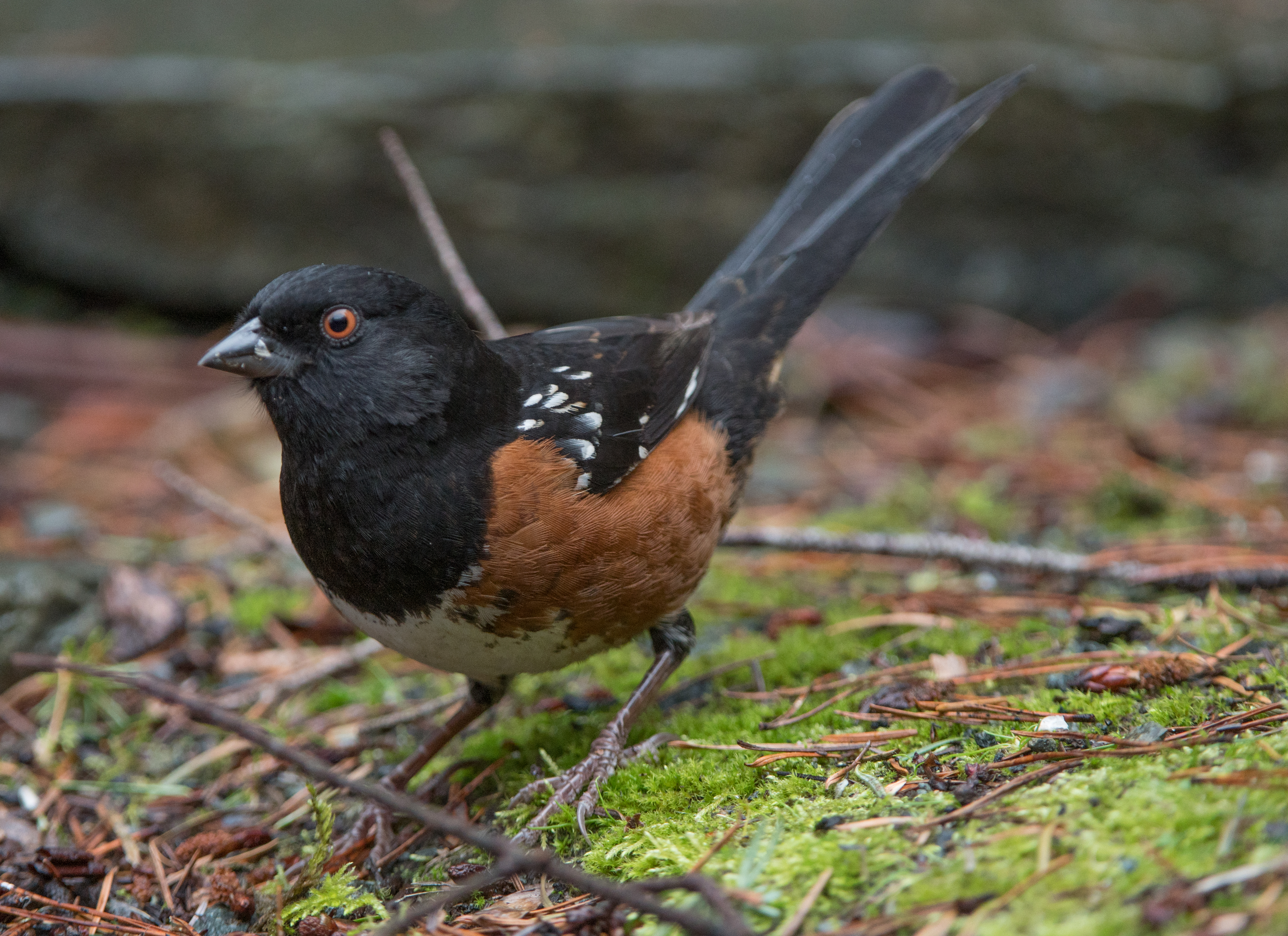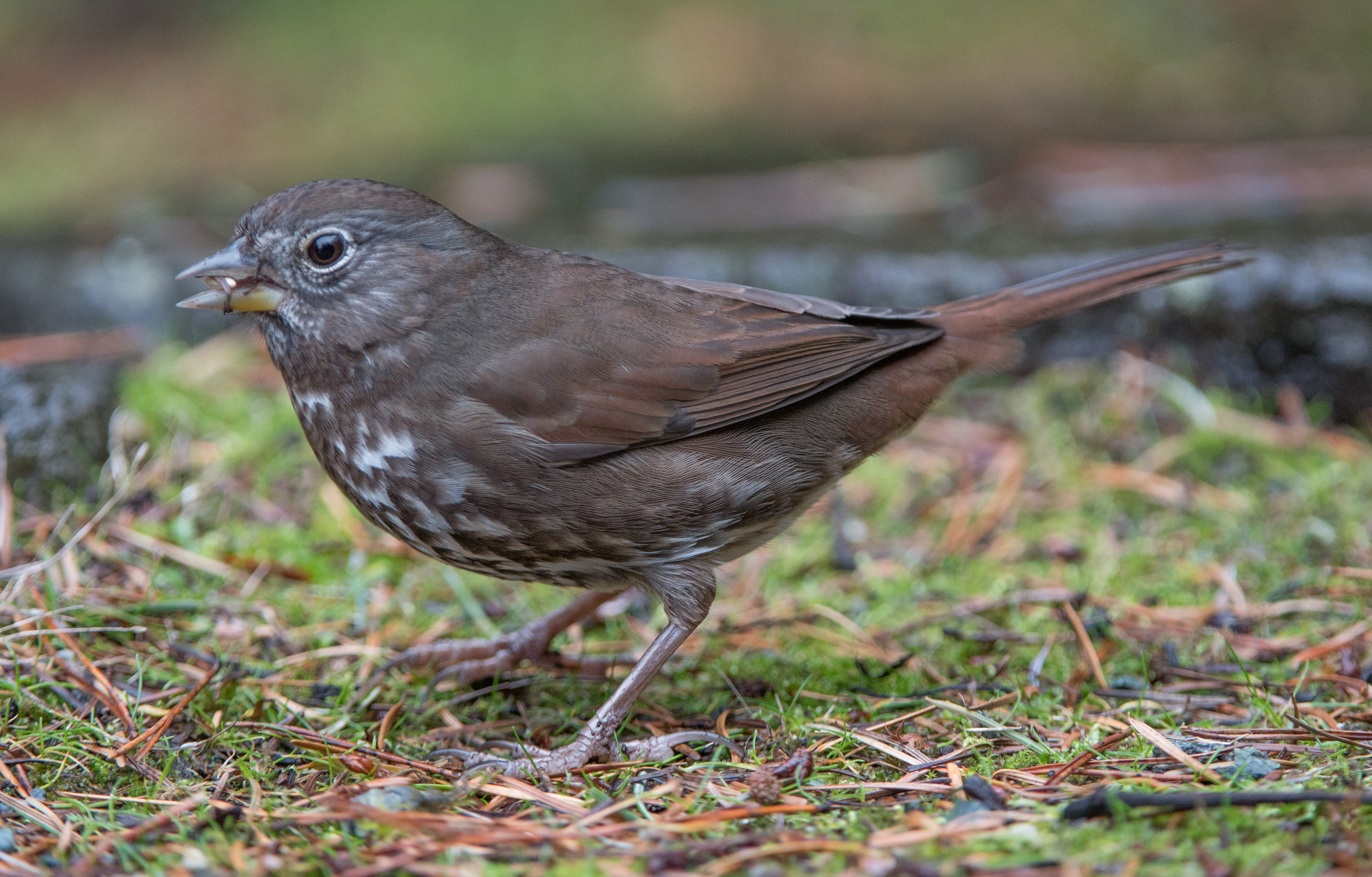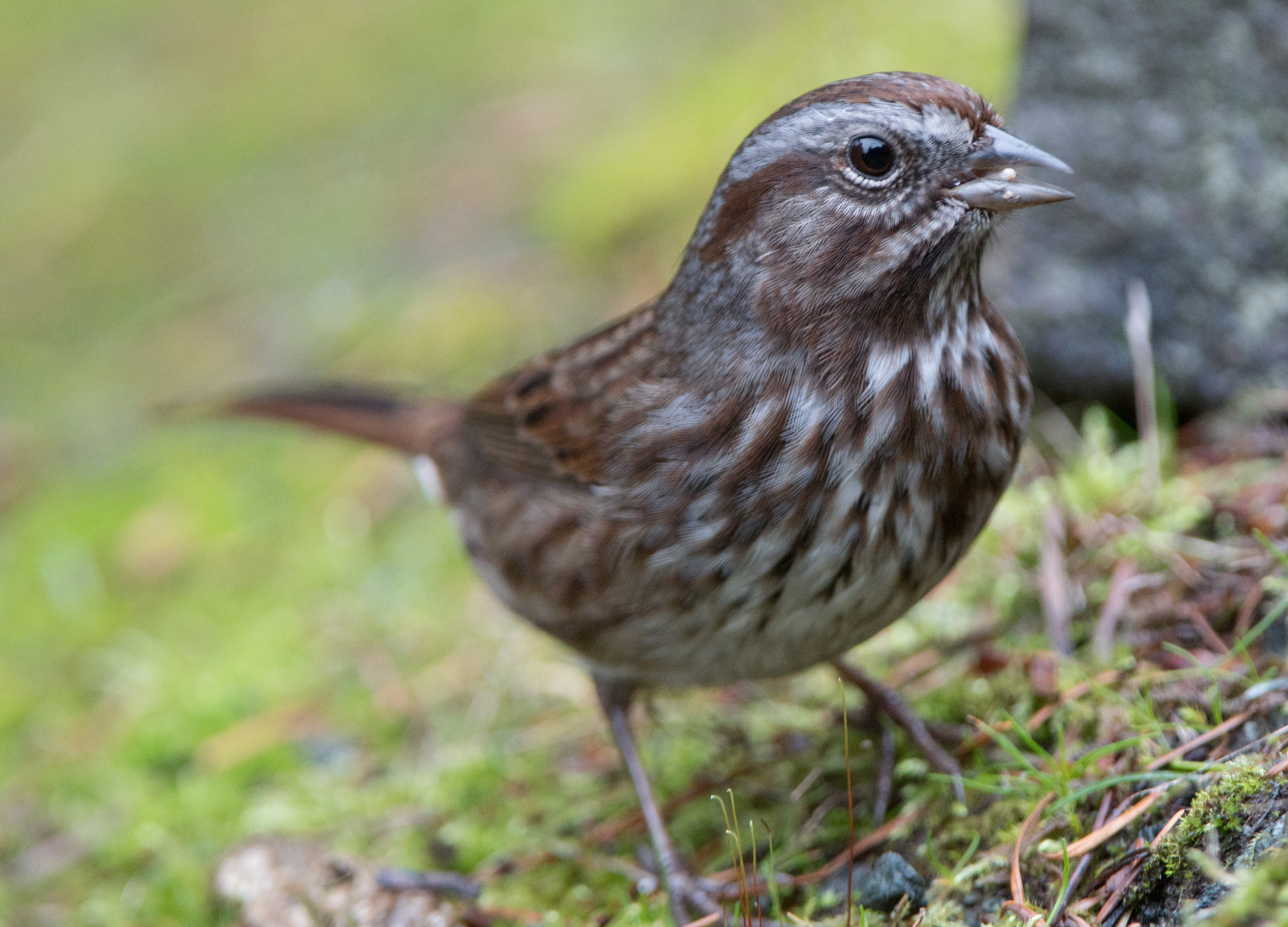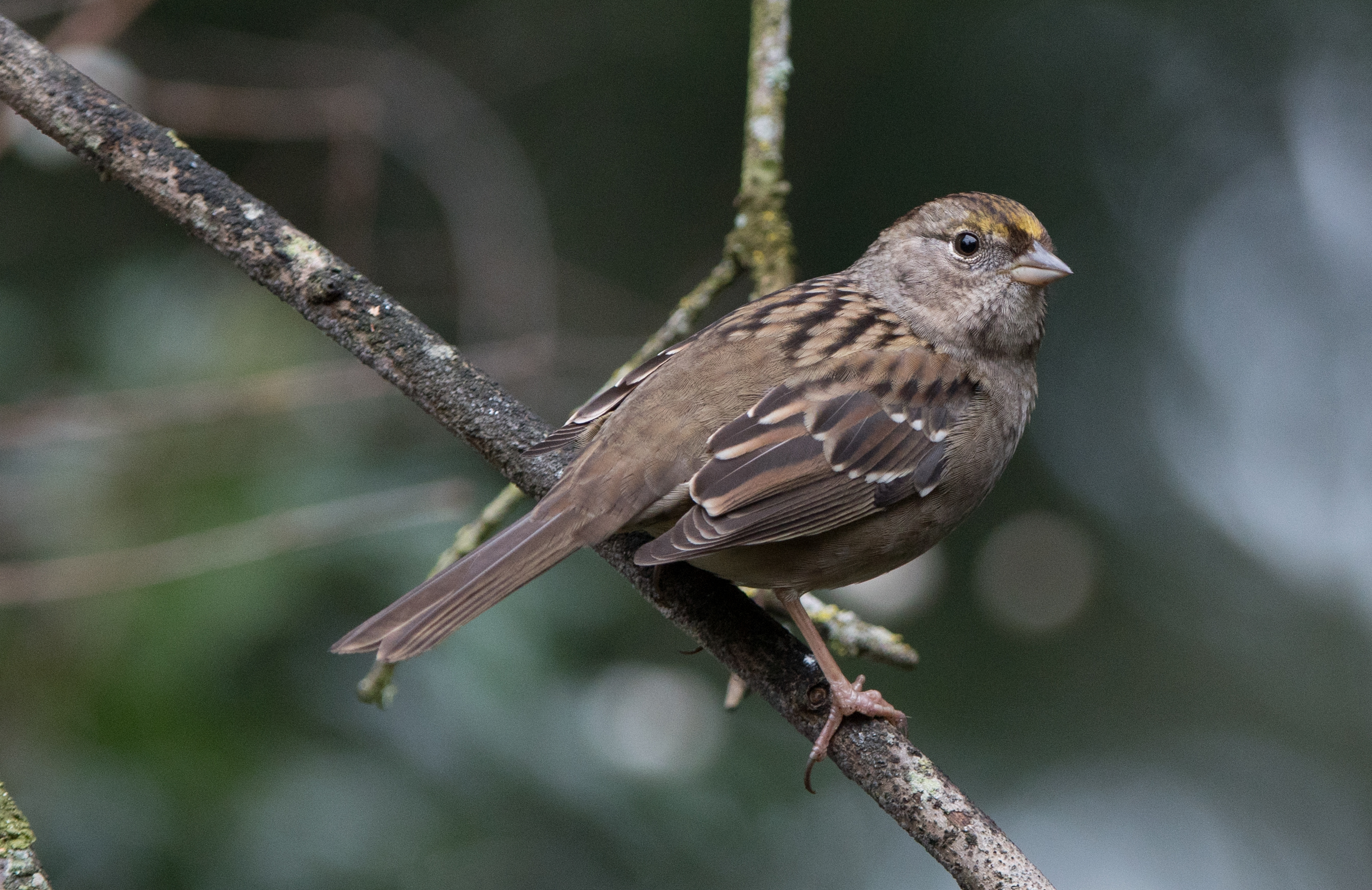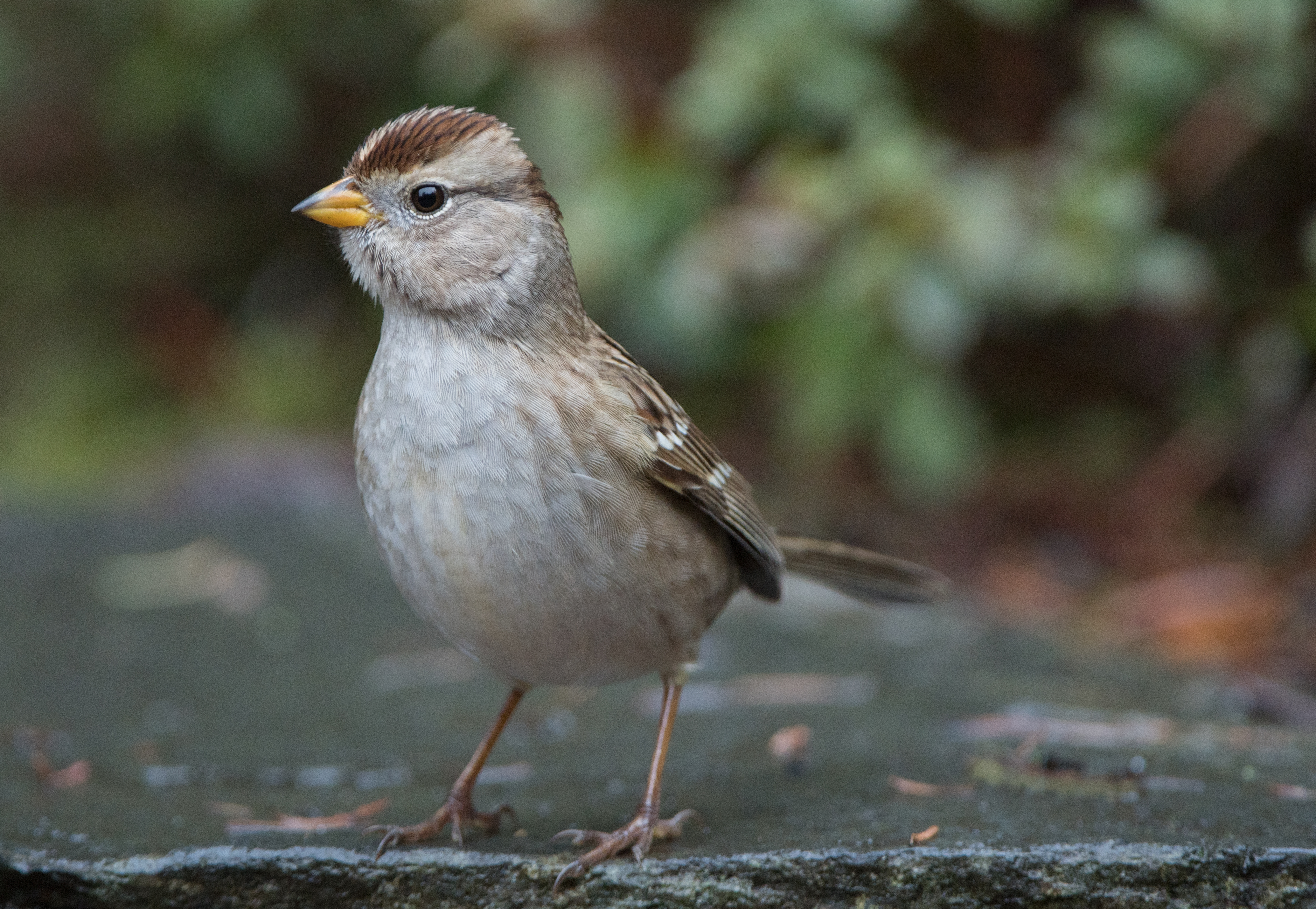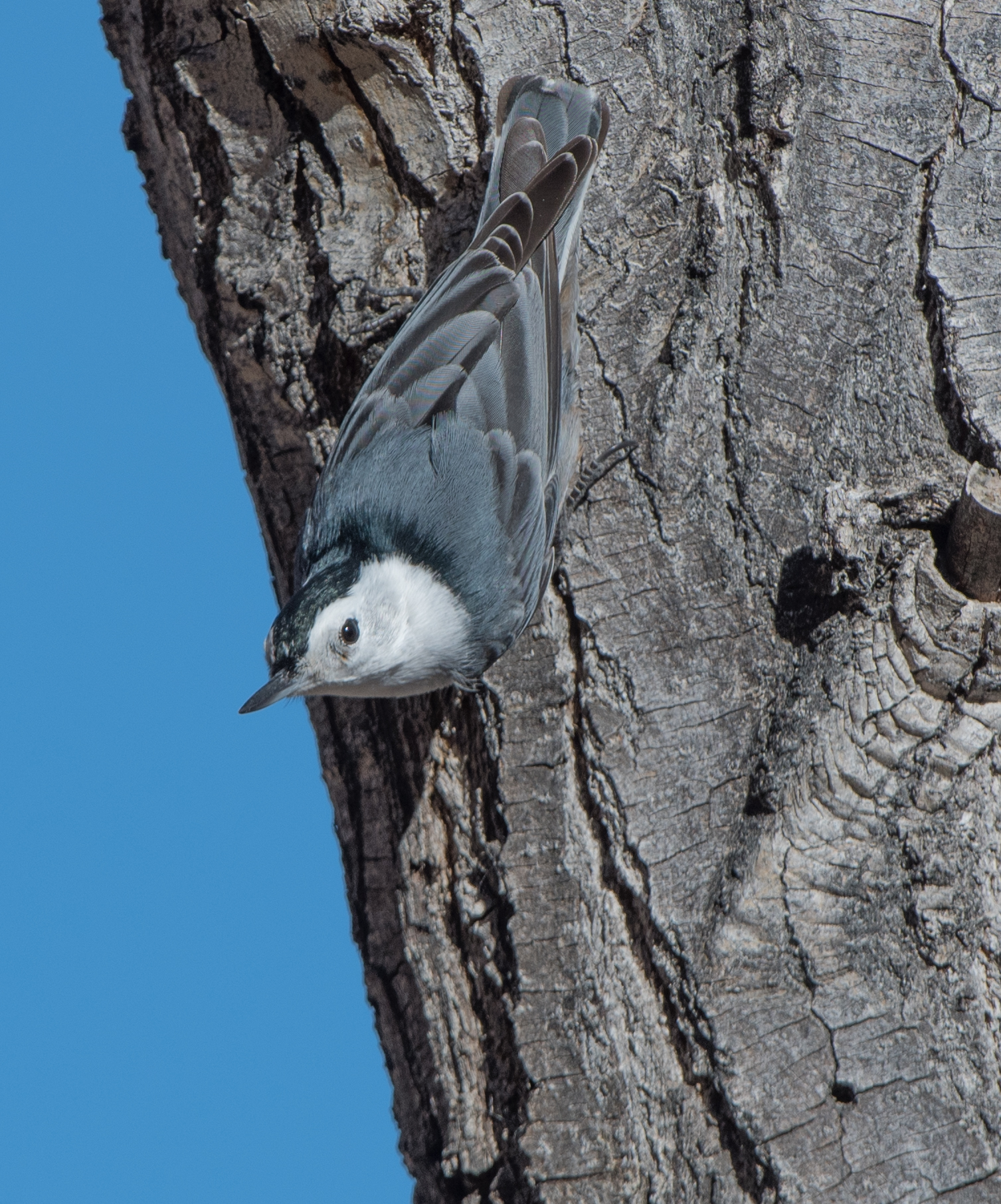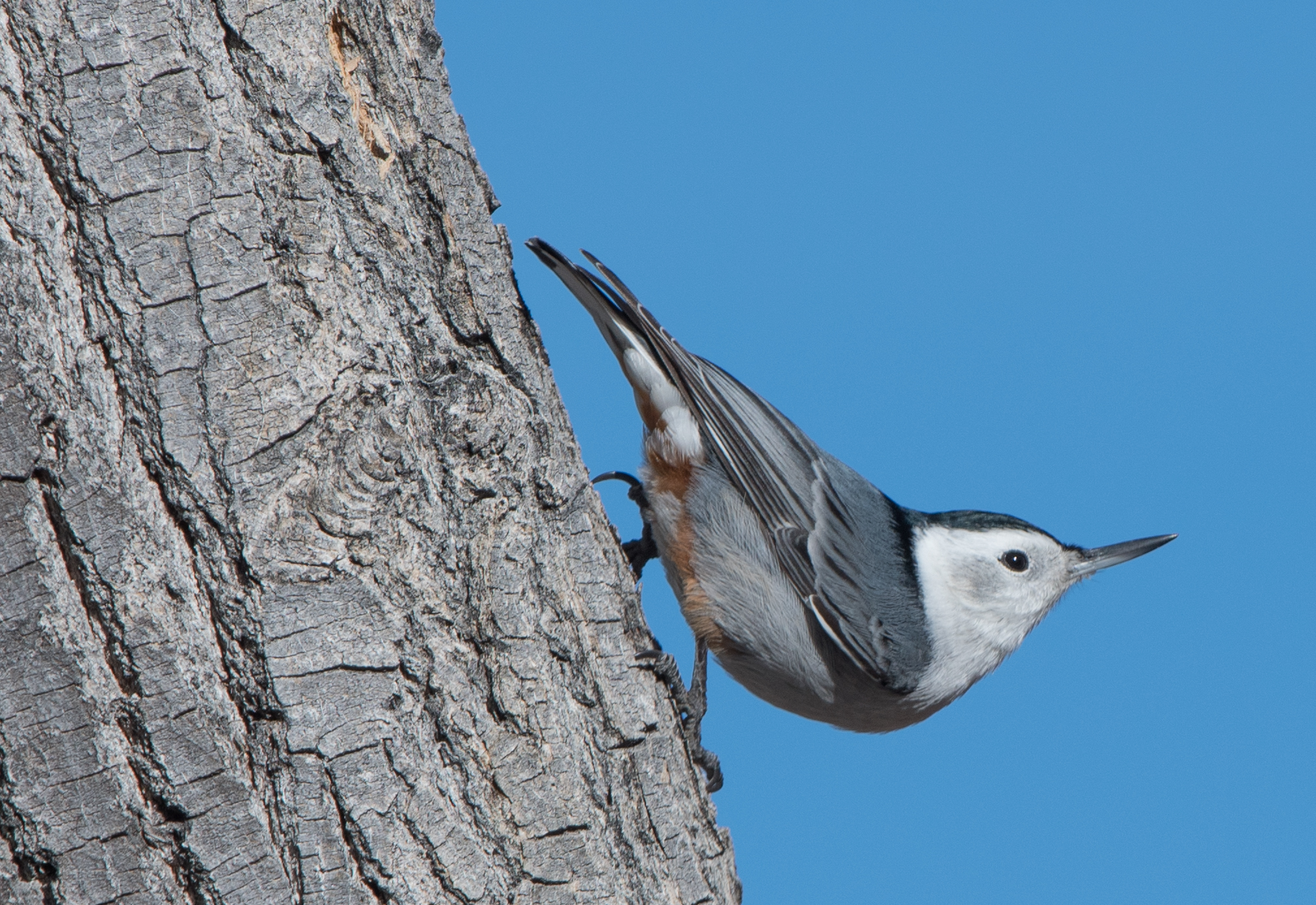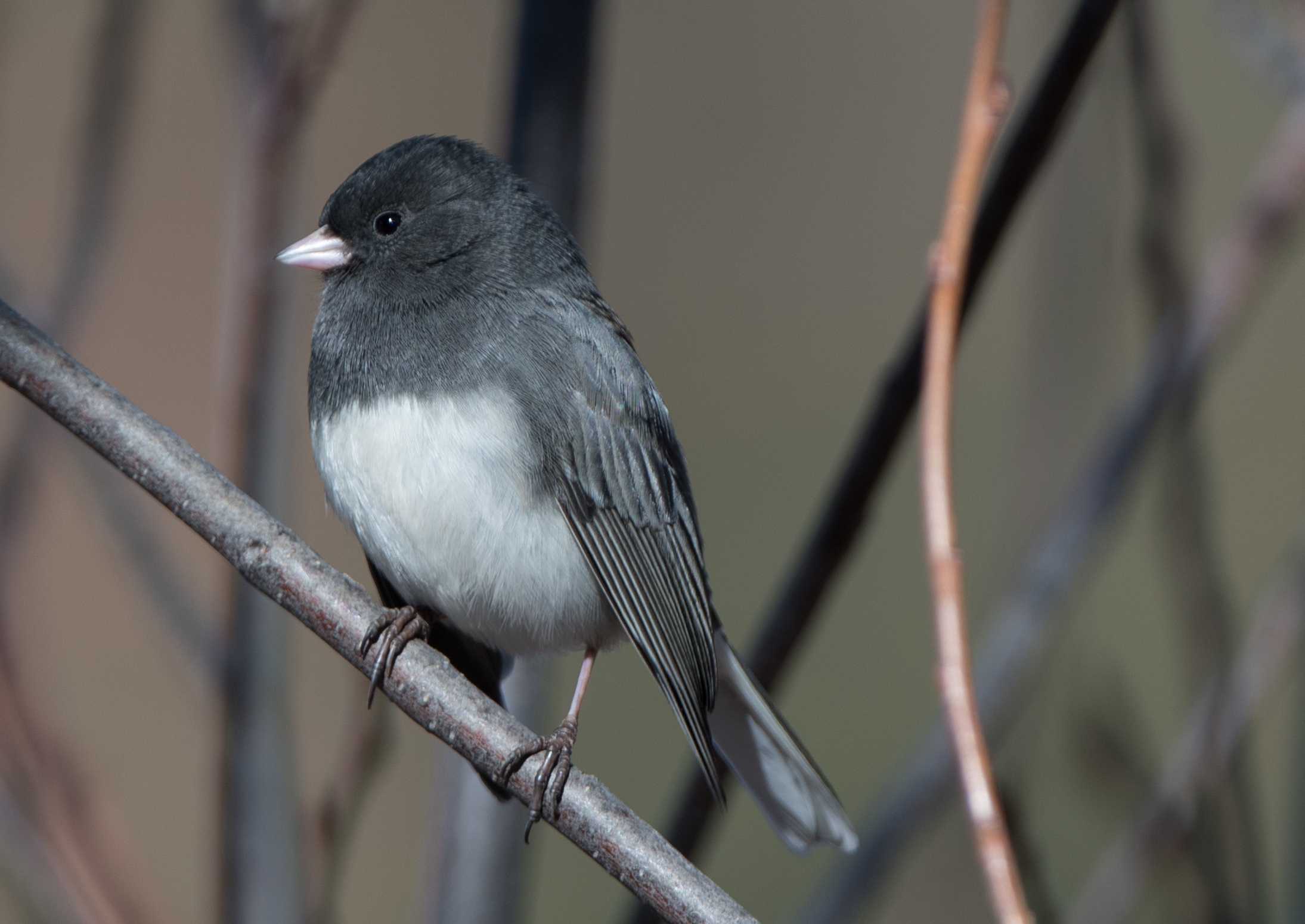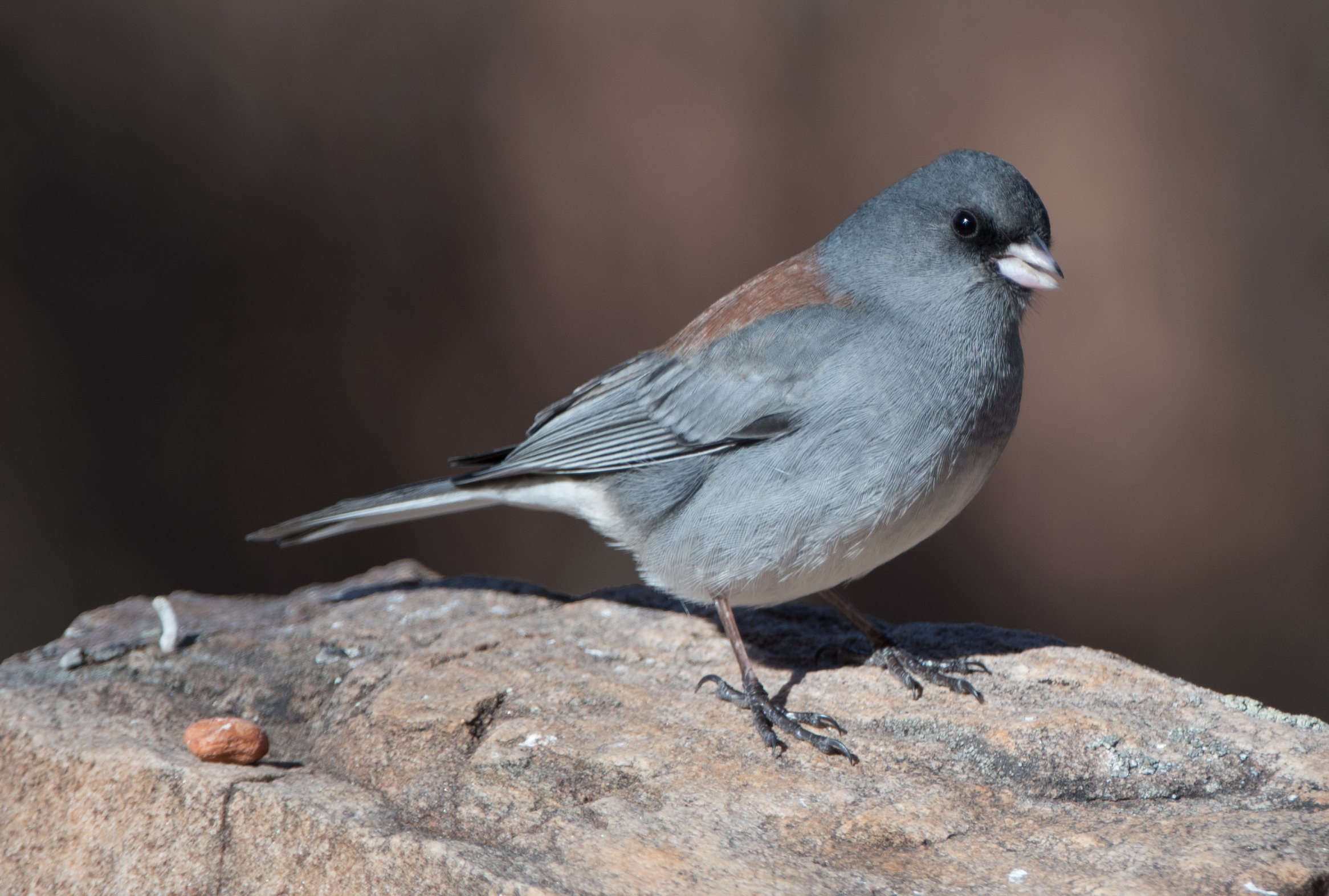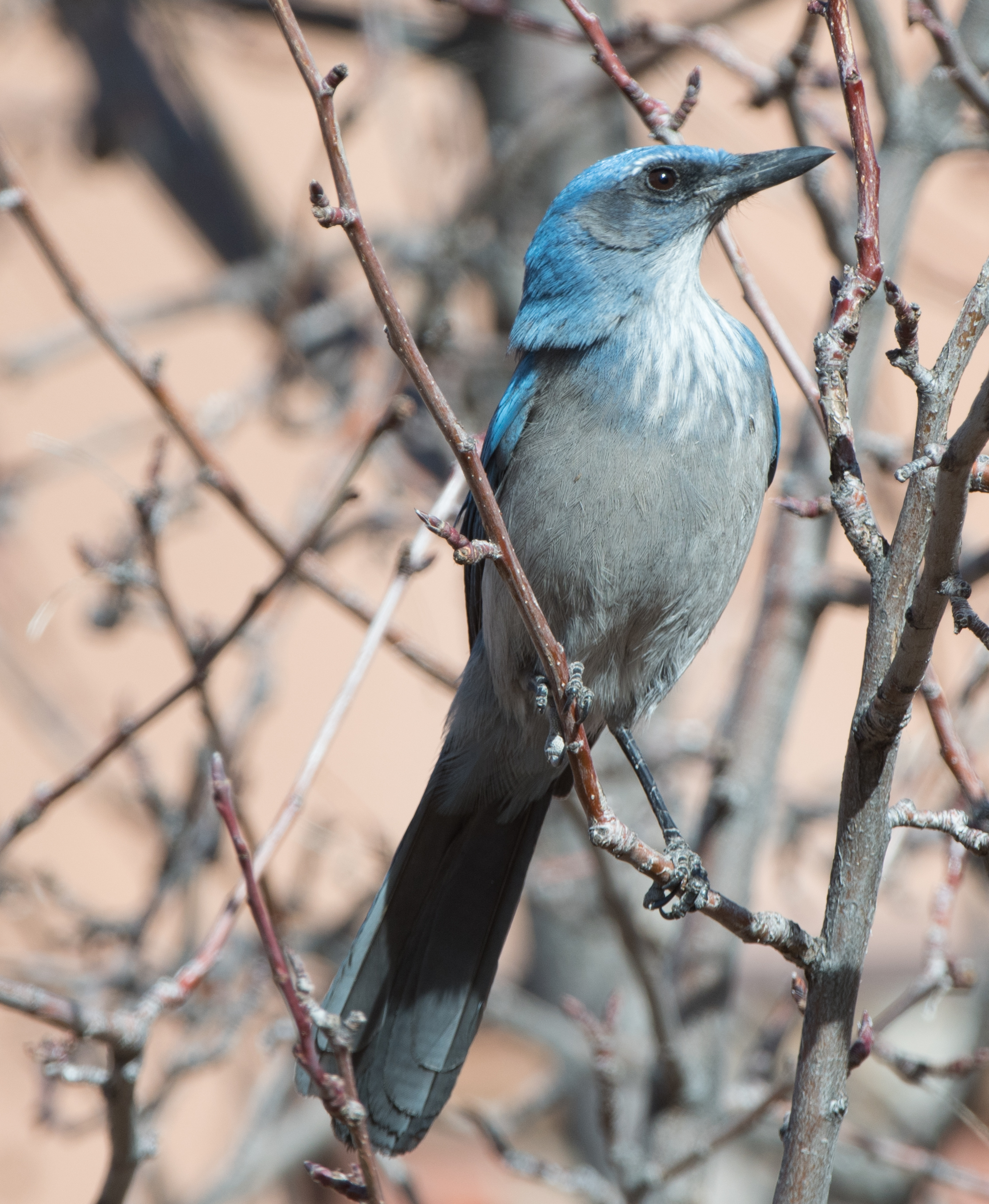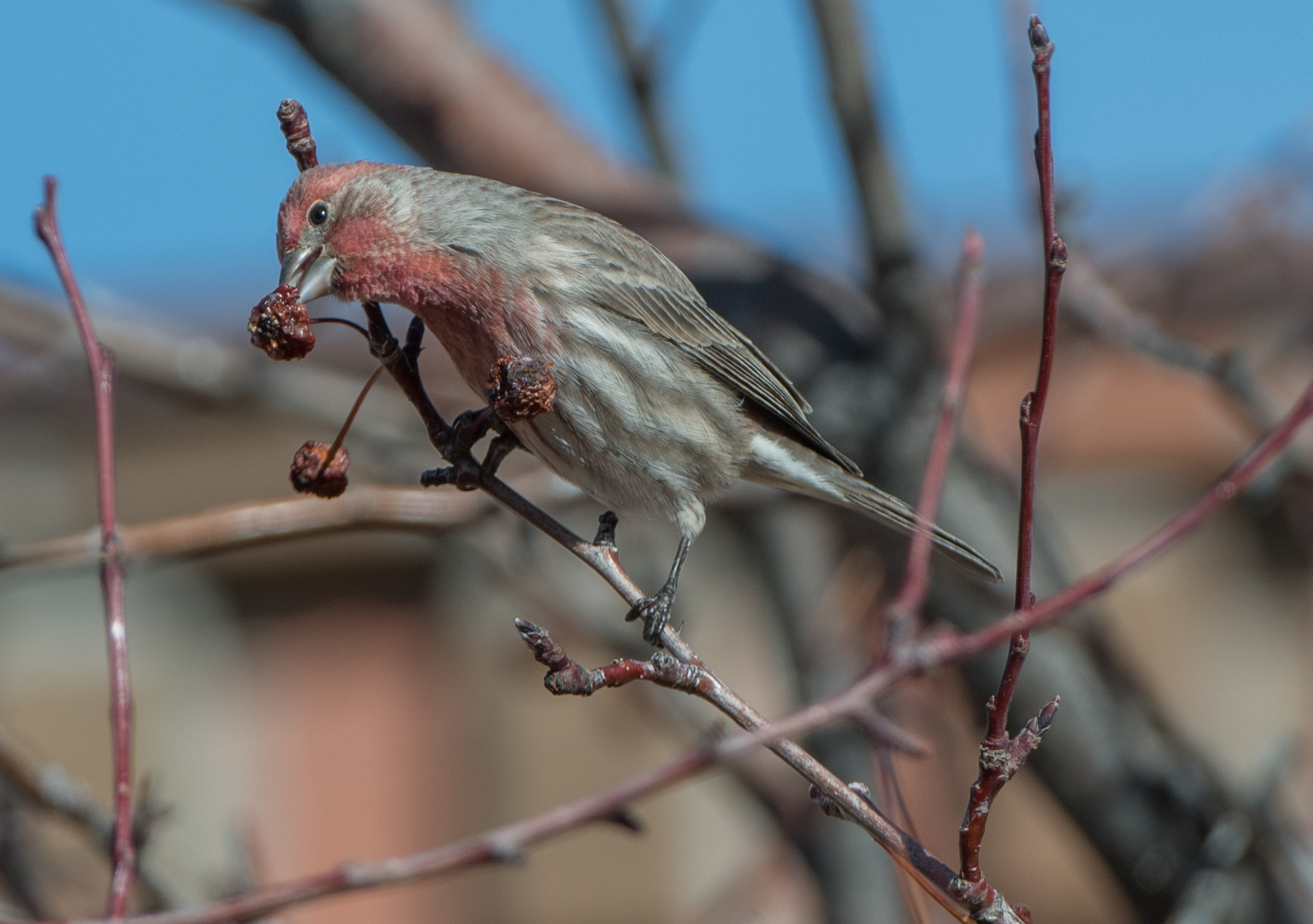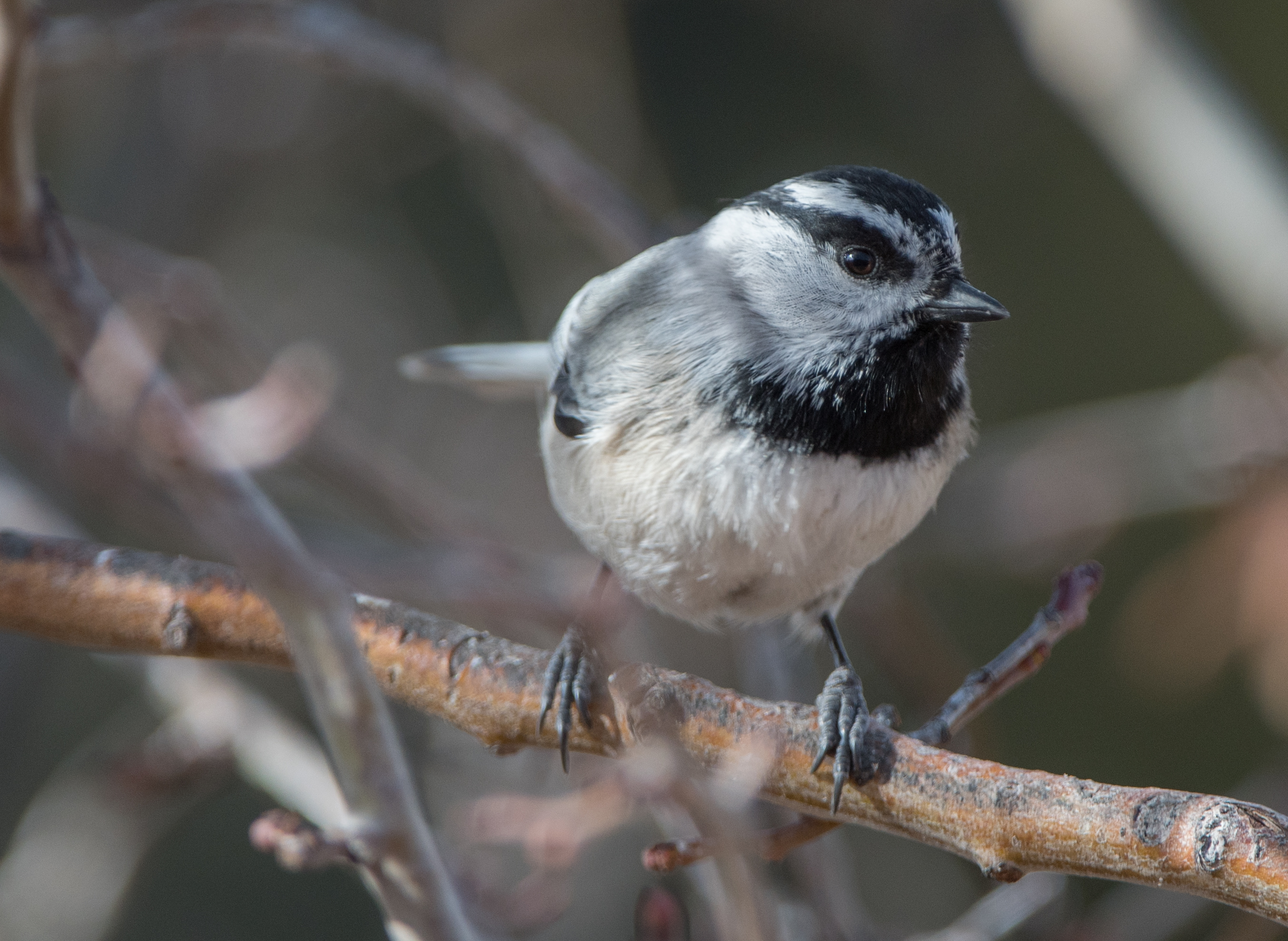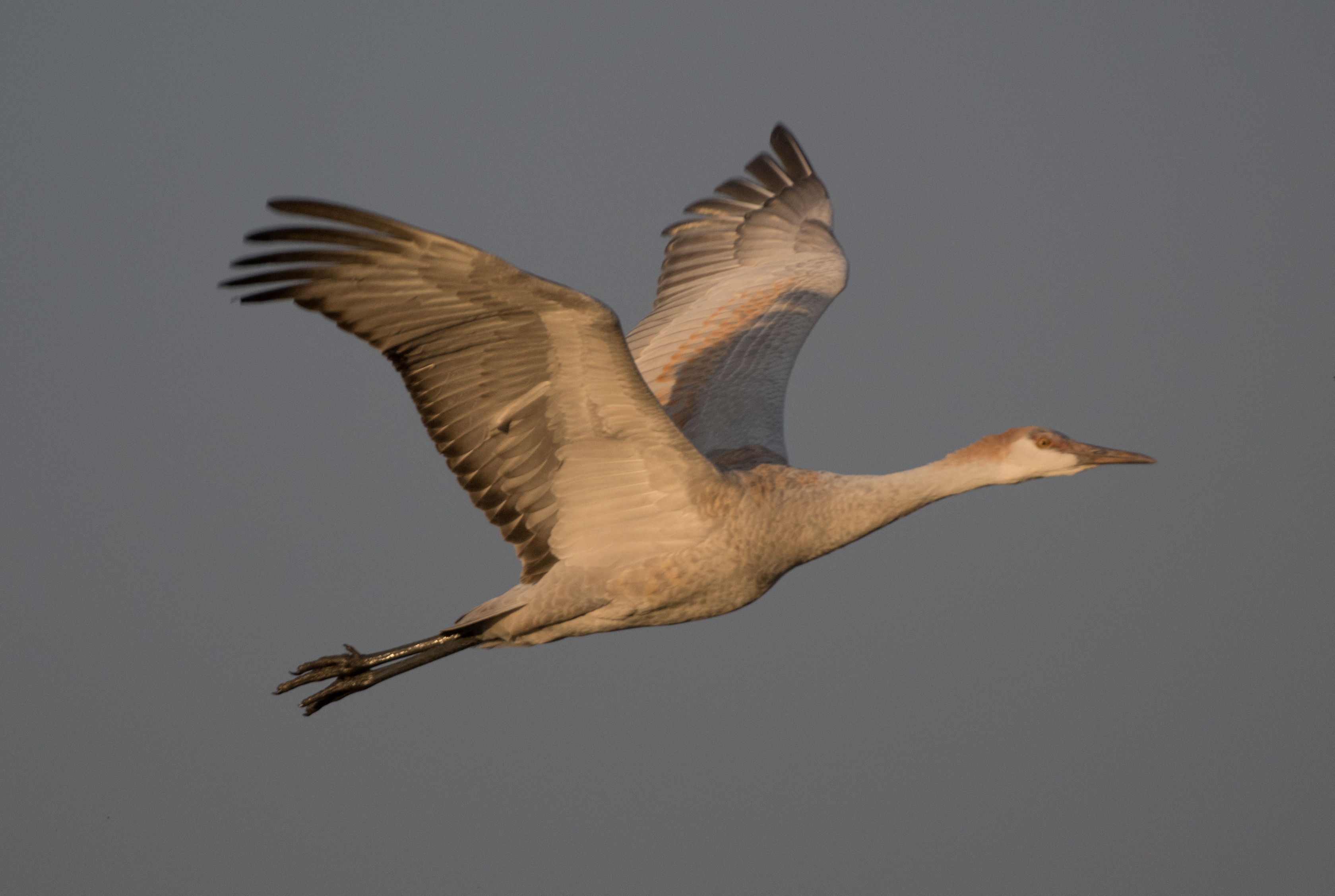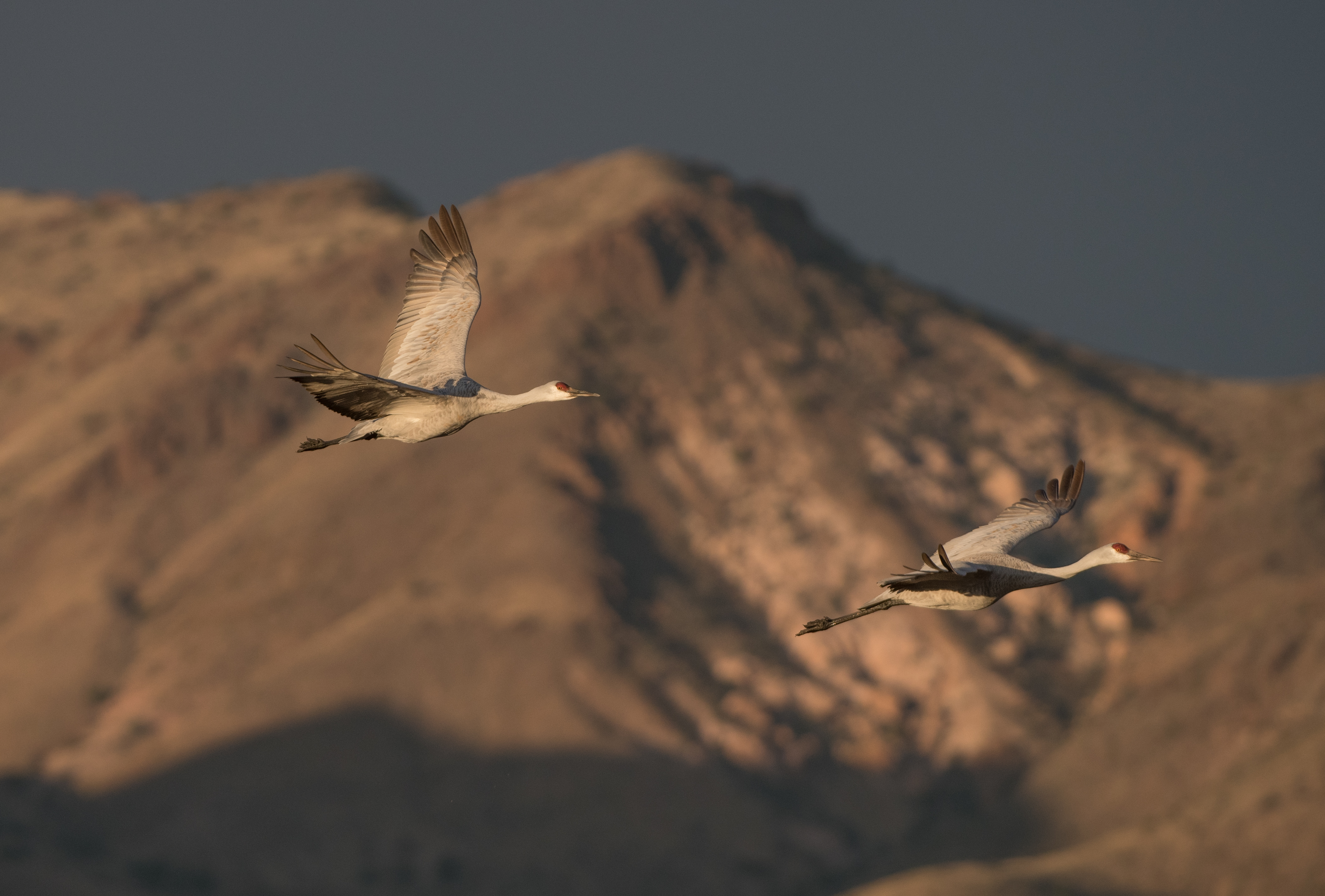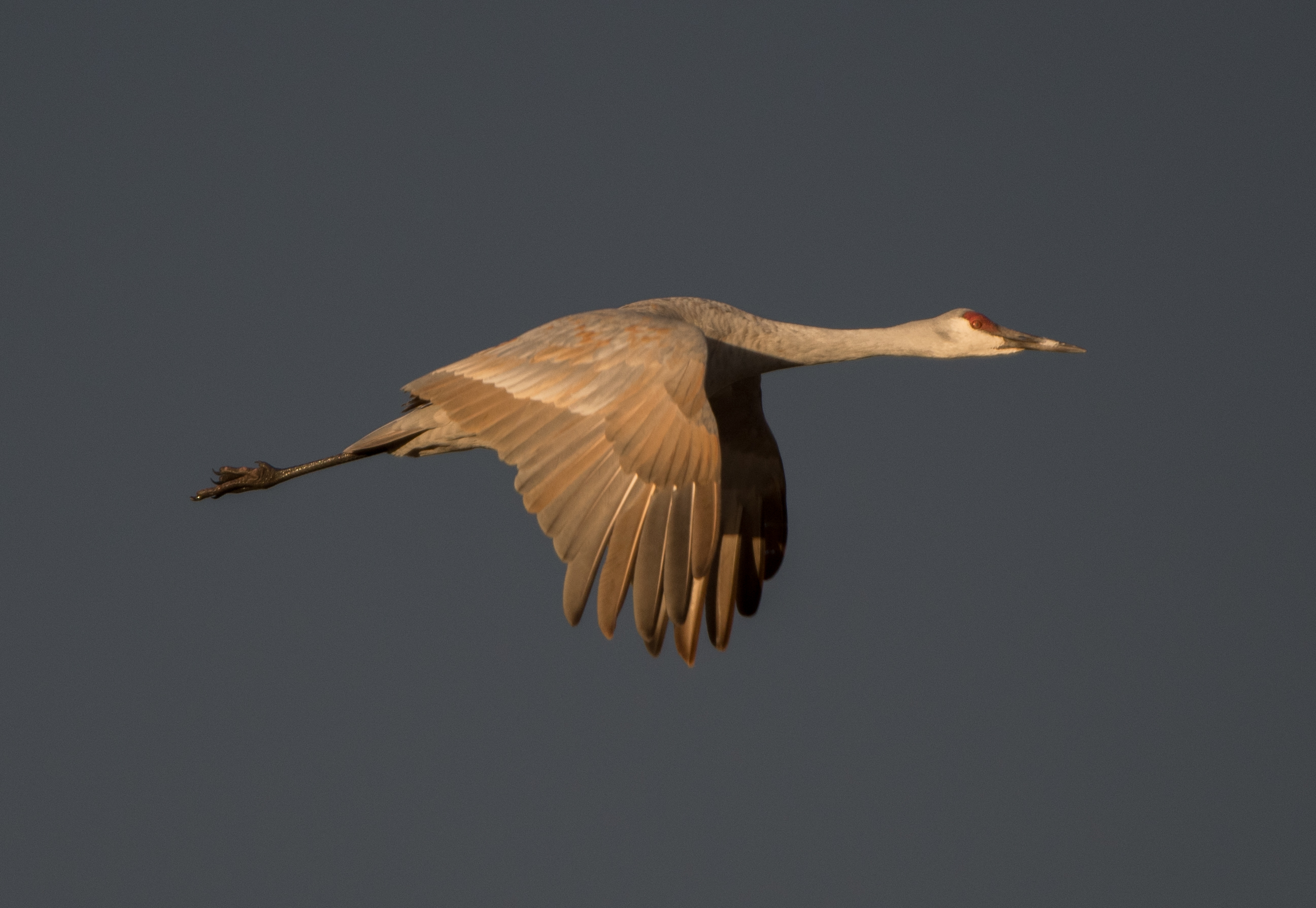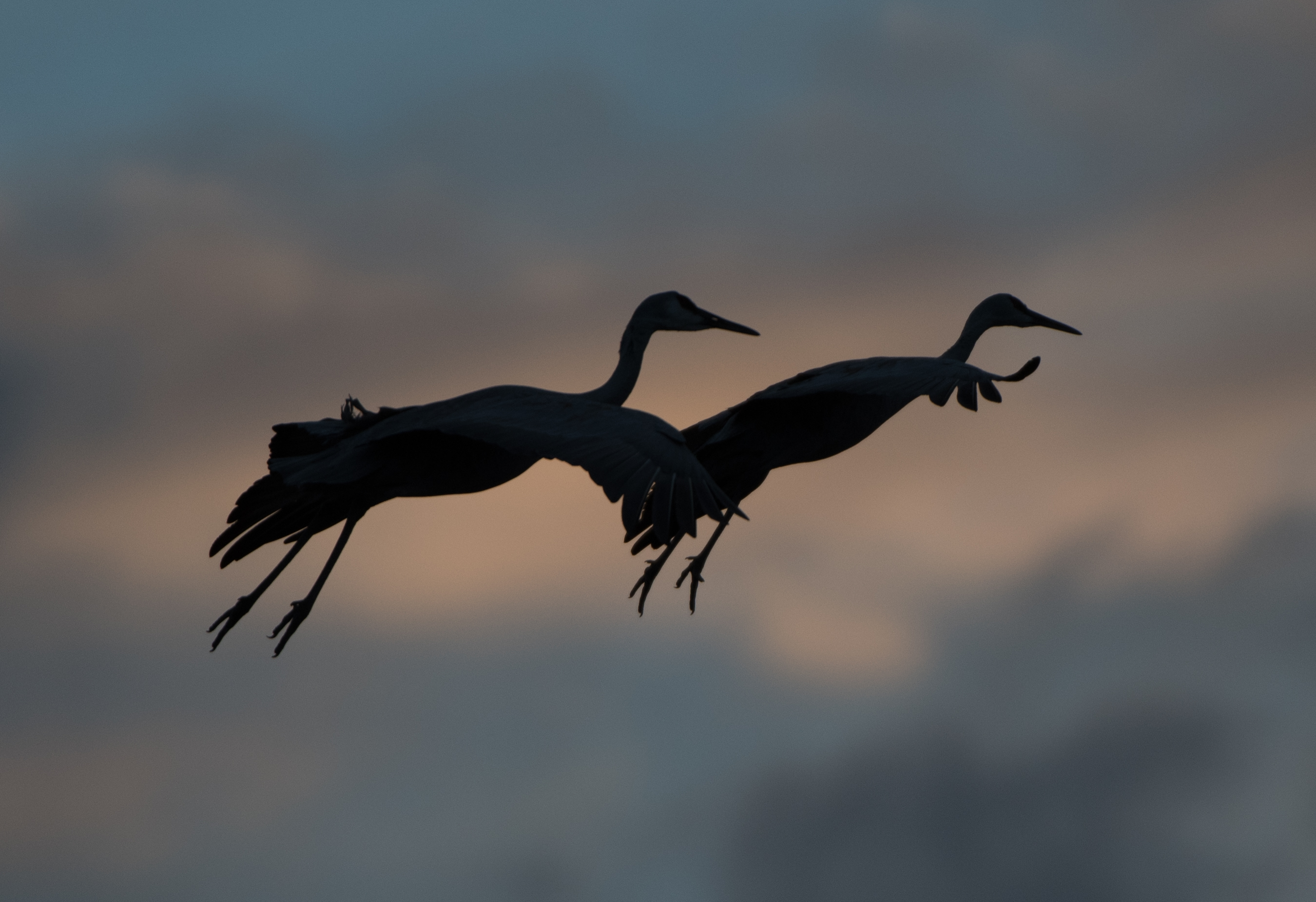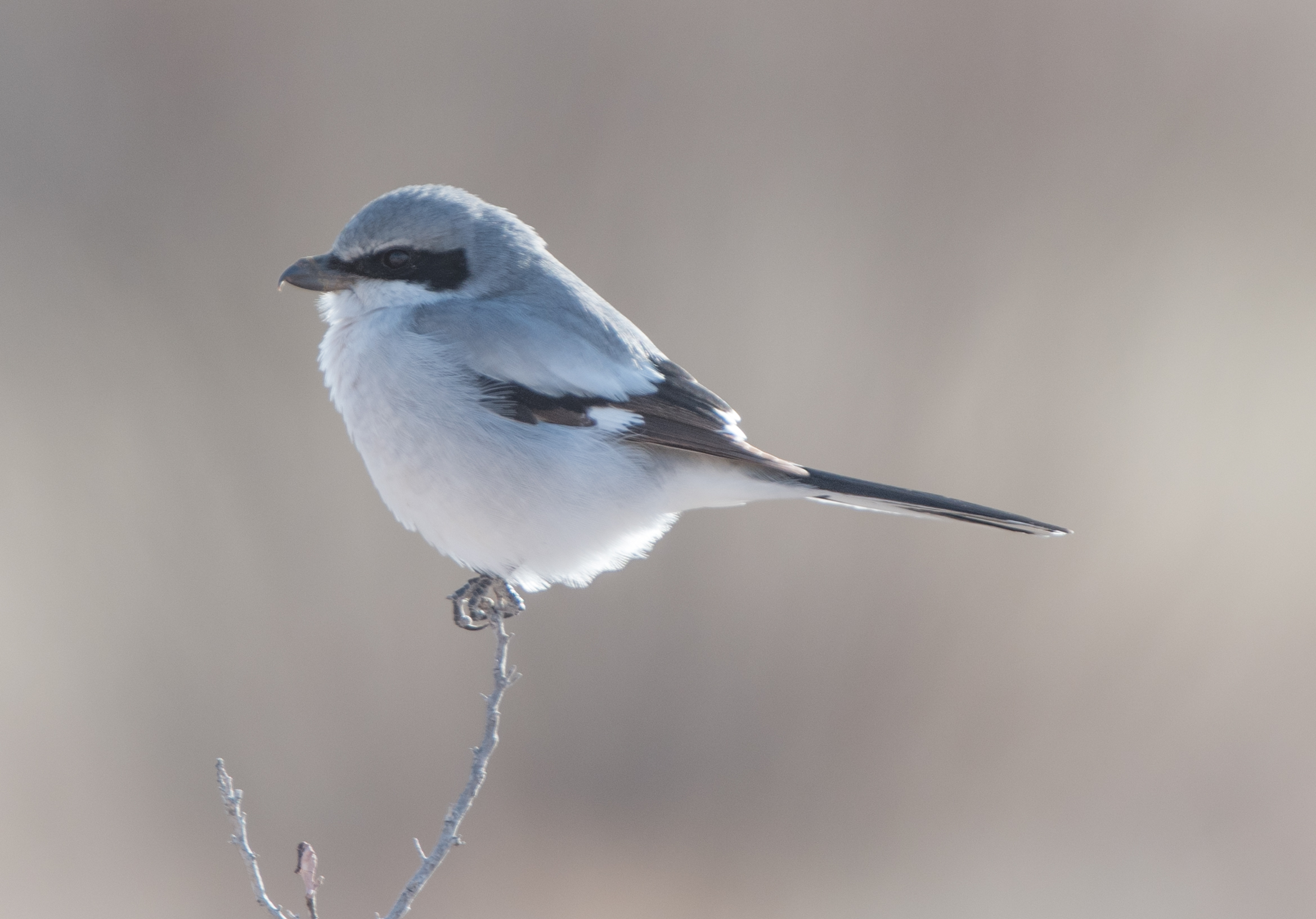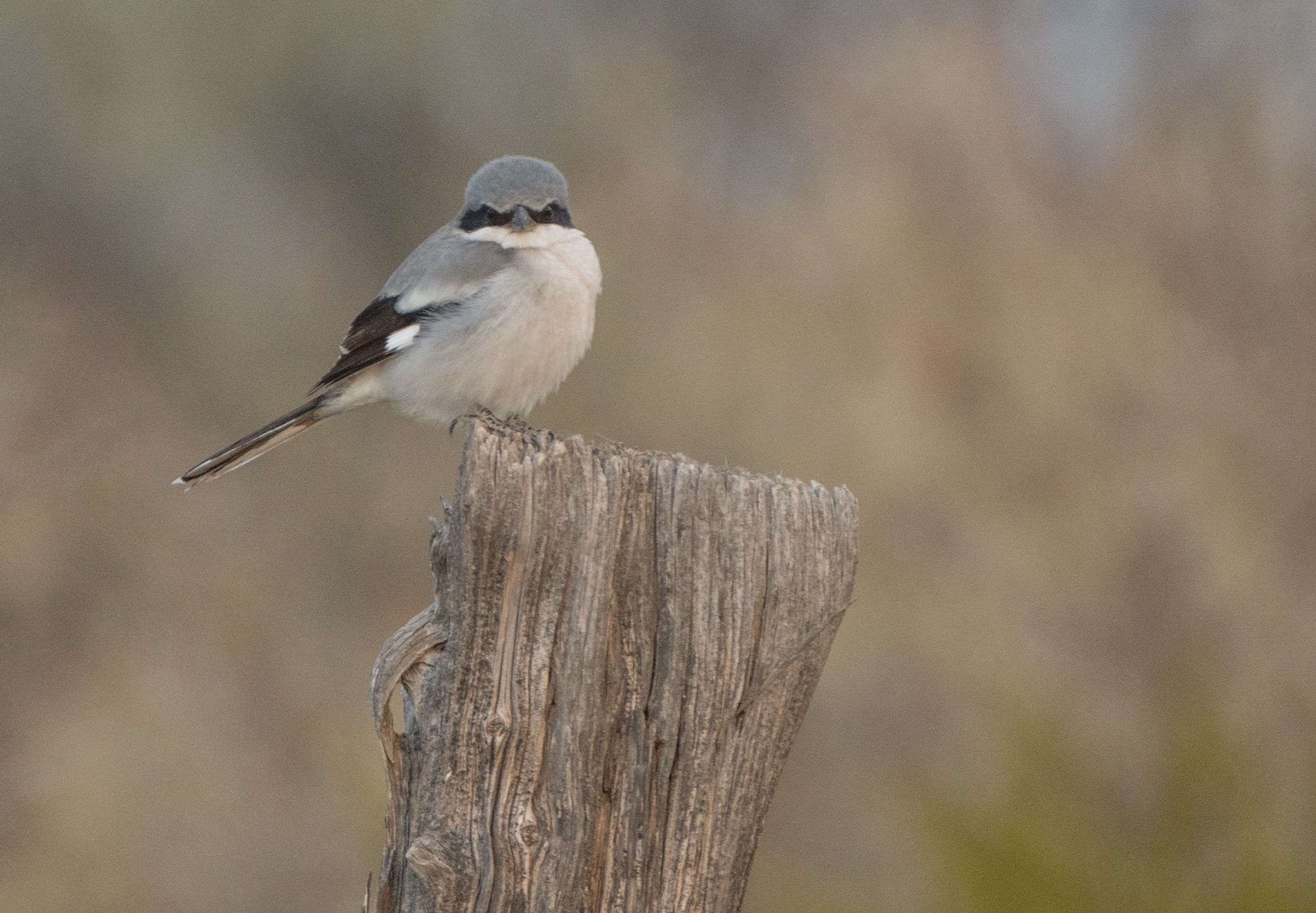I’ll begin our second day at the Bosque by showing a little of what we consider rarer wildlife supported by the refuge. We ran into a herd of about 15-20 javelina on the South driving loop and were able to watch and photograph them for about 15-20 minutes as they browsed, approached our vehicle and then disappeared into the brush. The javelina have very poor eyesight but a good sense of hearing and smell. This wasn’t the first time we had seen javelina on the refuge but it may have been our closest encounter.
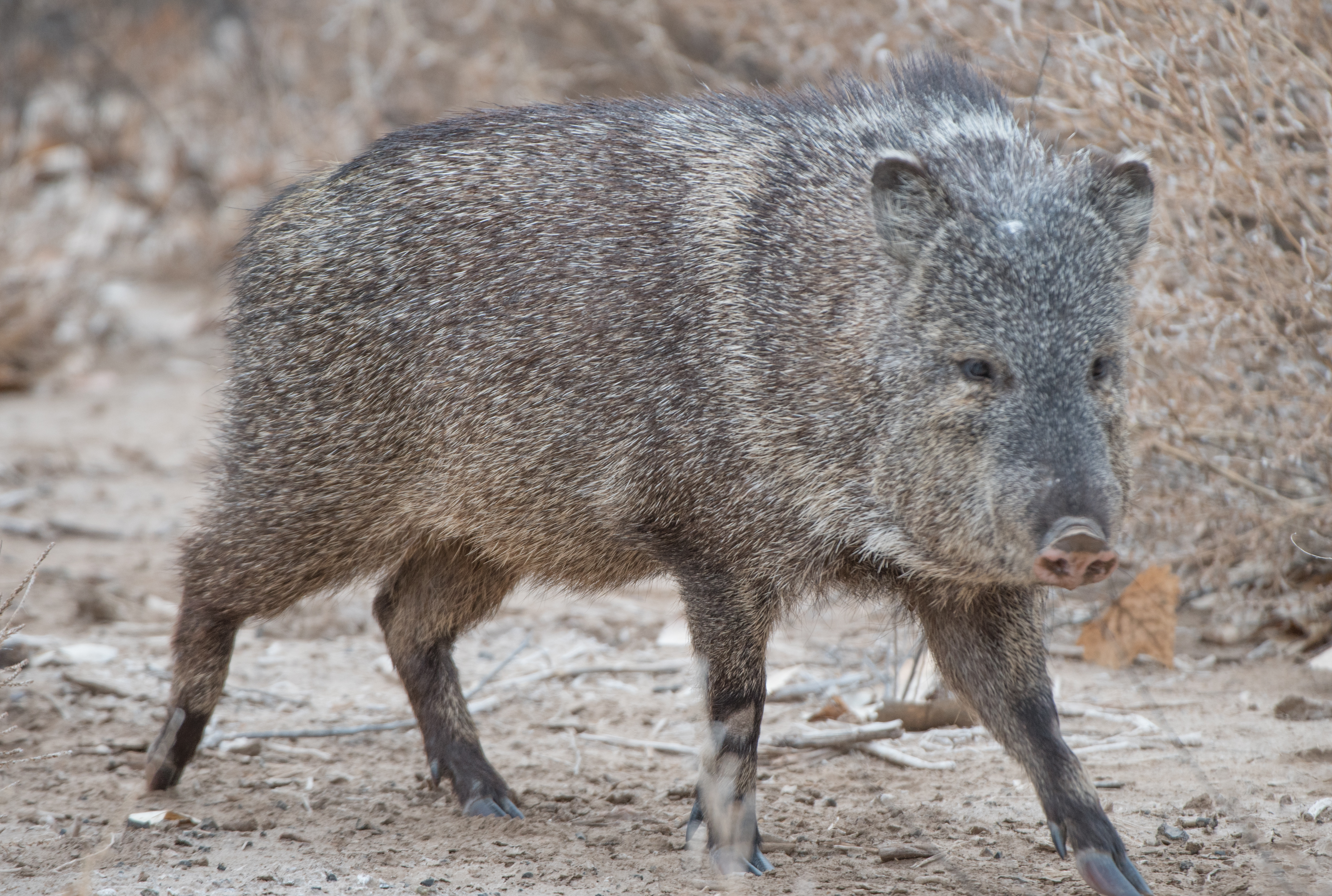
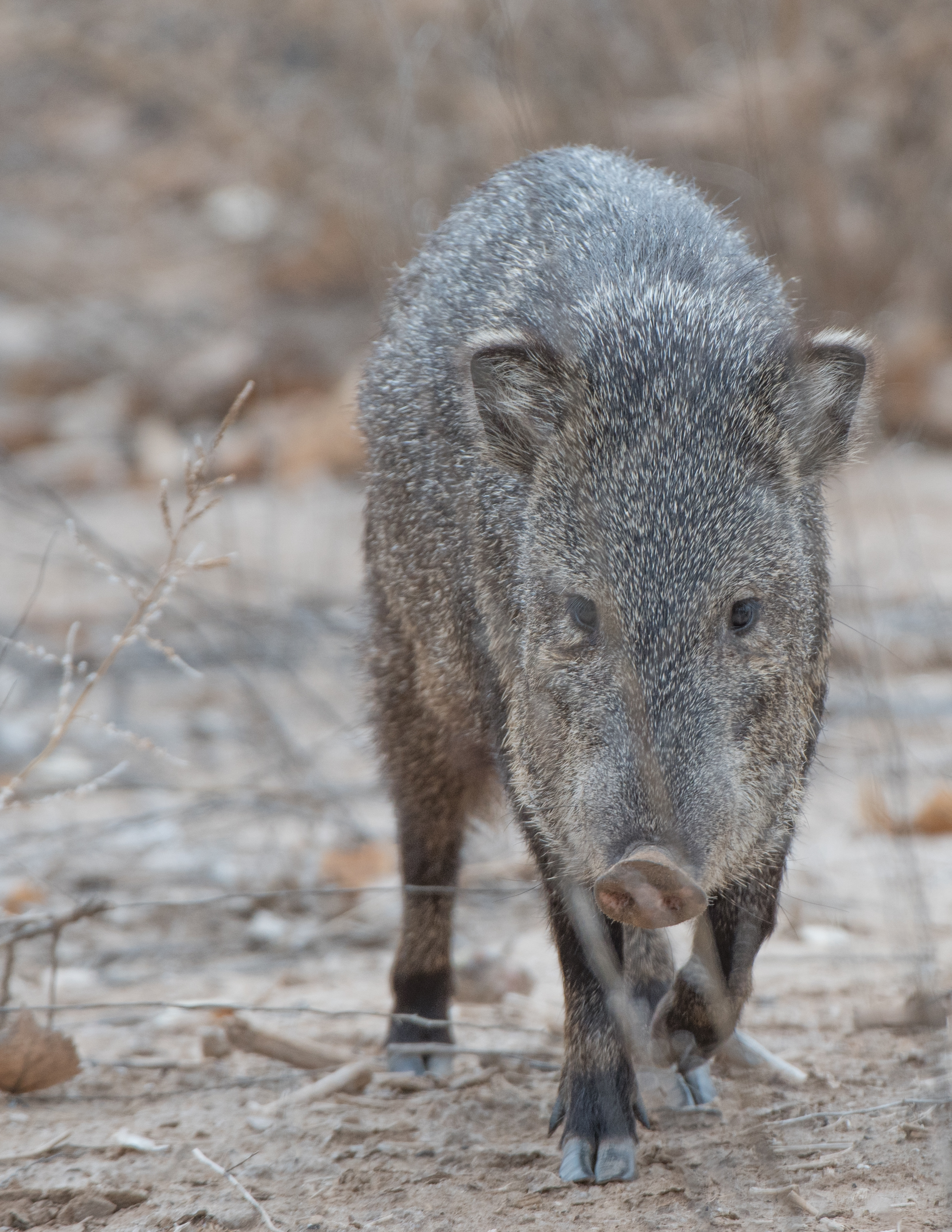
Another rather rare sighting was of Wild turkeys. The two sexes apparently separate during non-breeding periods. Our first sighting (not too far from where we saw the javelina) was of a small group of females (10-15), one of which is in the lower photograph. We later saw a group of probably at least 100 males at another location on the refuge. The photograph immediately below is of a male.
And while I’m on the subject of rare sightings and briefly off the subject of birds, we saw this Striped skunk on the refuge. We watched the skunk forage for at least ten minutes and it never raised its head to that I could get a good photo.
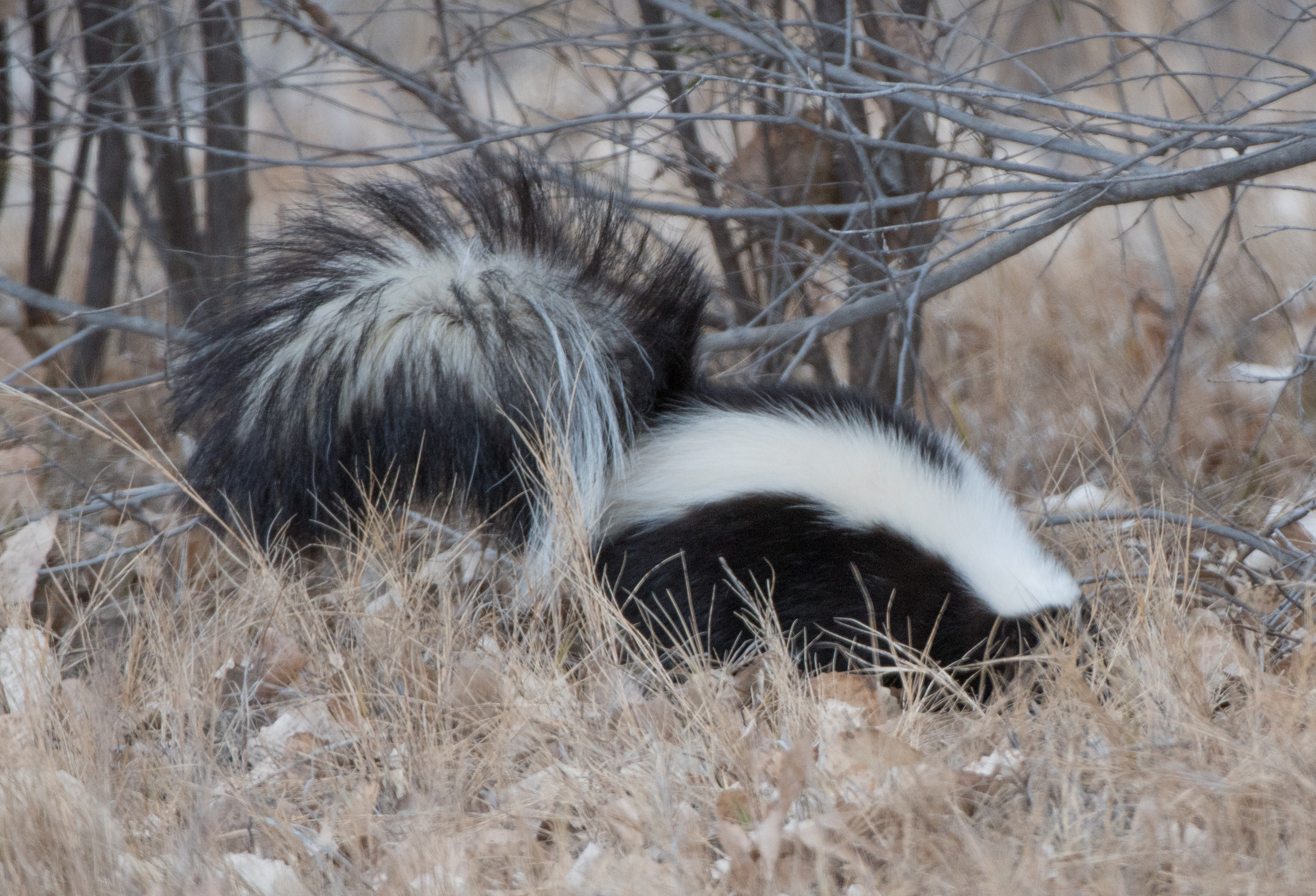
We first saw a small group of female Wild turkeys (in the bottom photo) on the South Driving Loop on the refuge. Later we saw a flock of what must have numbered at least a hundred males on a the North Driving Loop of the refuge. The two sexes apparently separate during the non-breeding season.
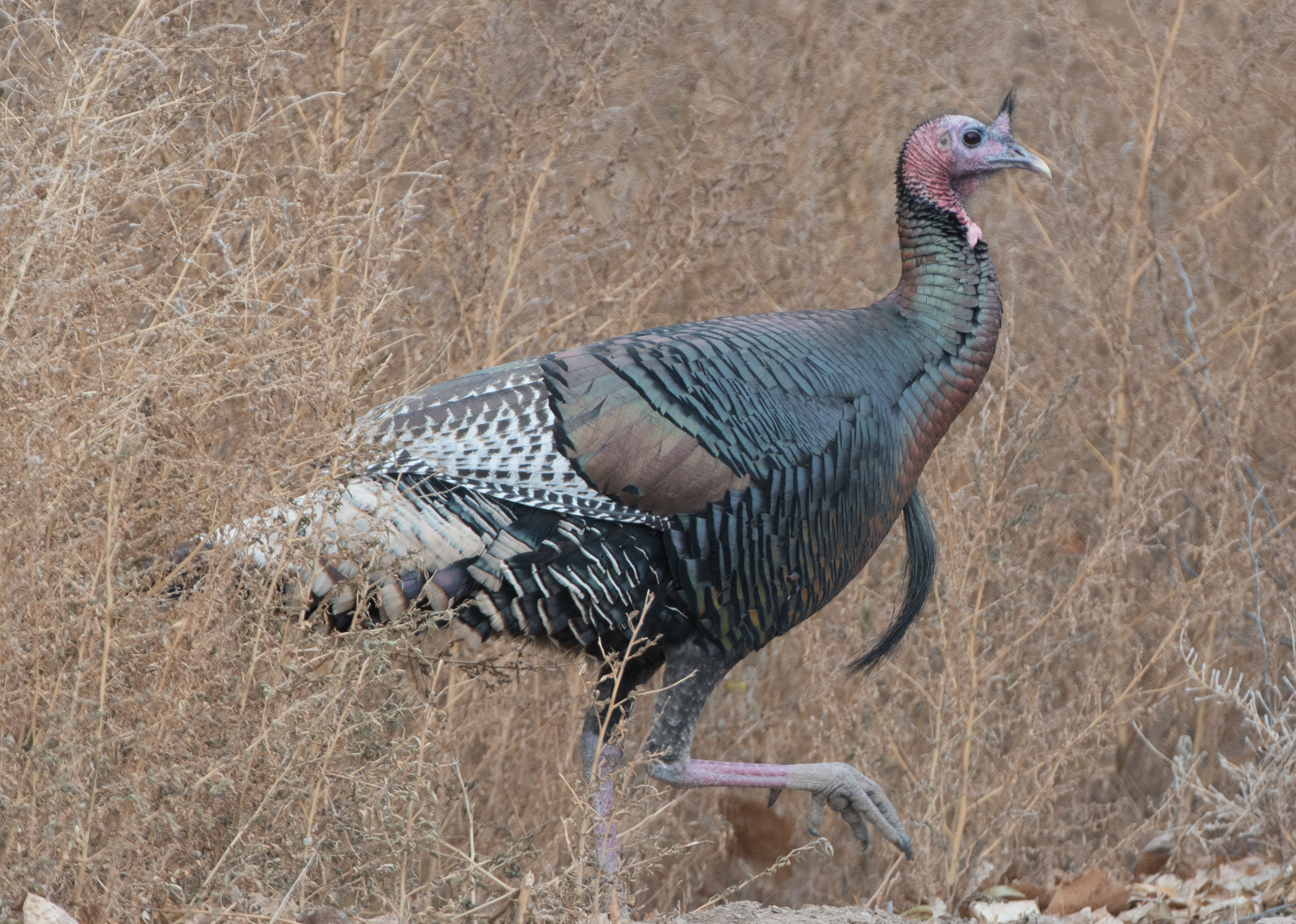
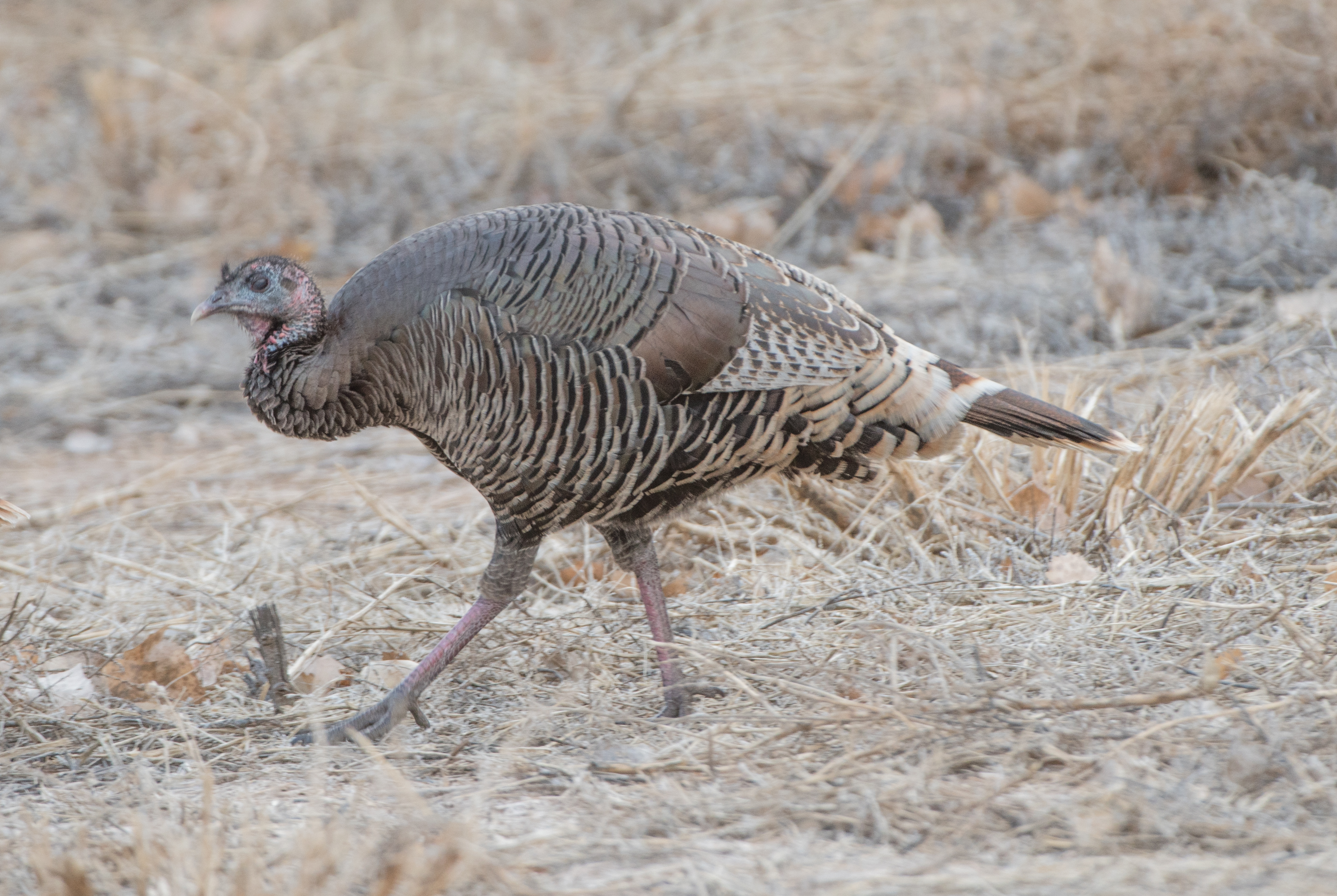
We found these dried flower pods along a pond and I was able to use our car as a blind to get relatively near a flock of goldfinches feeding on the pods. Many of the birds were Lesser goldfinches (as was this male) but I couldn’t be sure that all of the females were of the Lesser species.
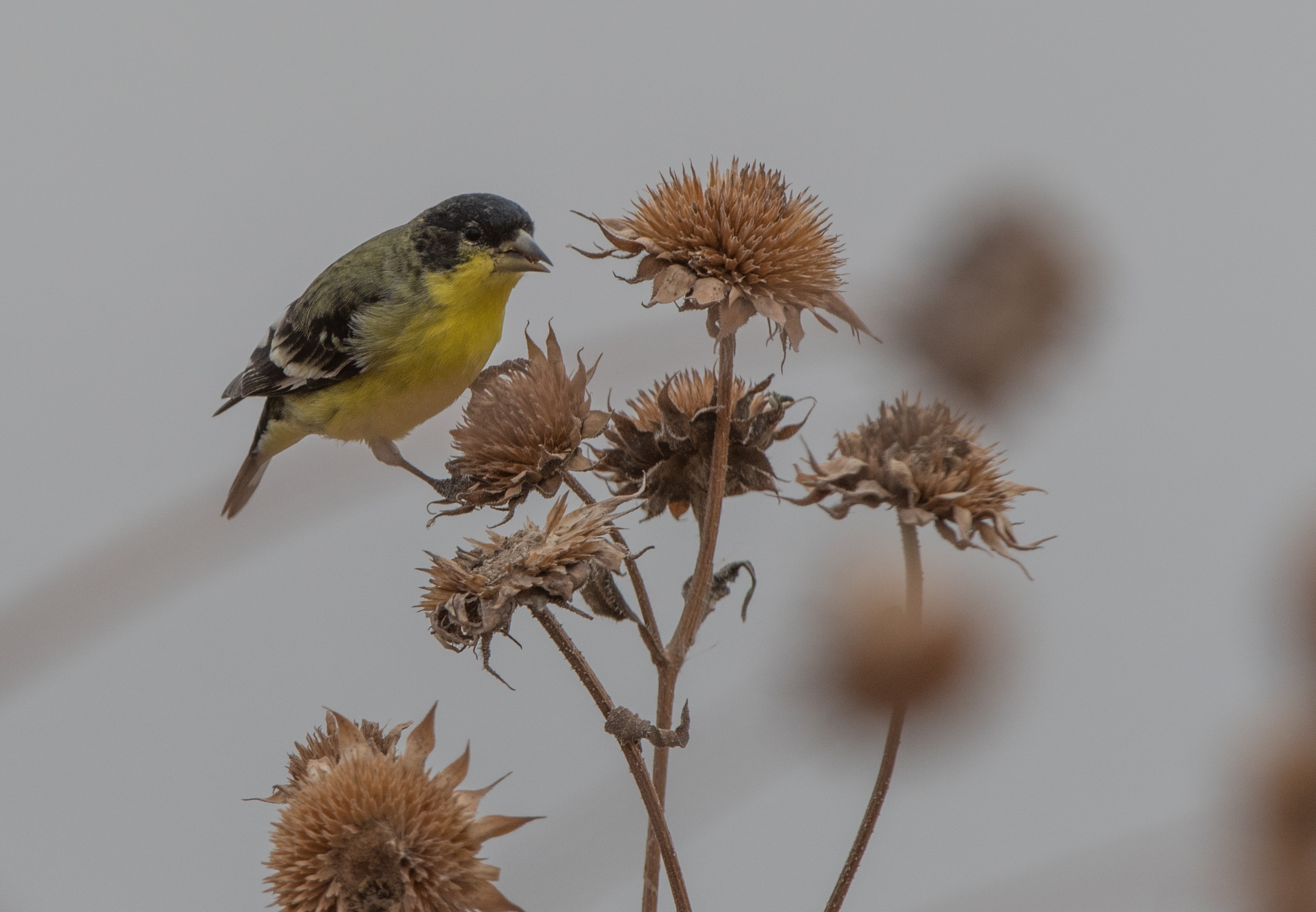
A Ruby-crowned kinglet. I couldn’t make a determination as to whether this bird was a male or female, and indeed I had my confidence in identifying the sexes shaken when at one point I thought I was photographing a female and it turned out to be a male, despite excellent views and photos of the top of its head. The males can very effectively hide the ruby crown if not bathing or upset.

A Wilson’s snipe along a pond in the refuge. There were two Wilson’s snipes out in the open both days we were at the refuge. It’s a bird not usually found in such an open environment.
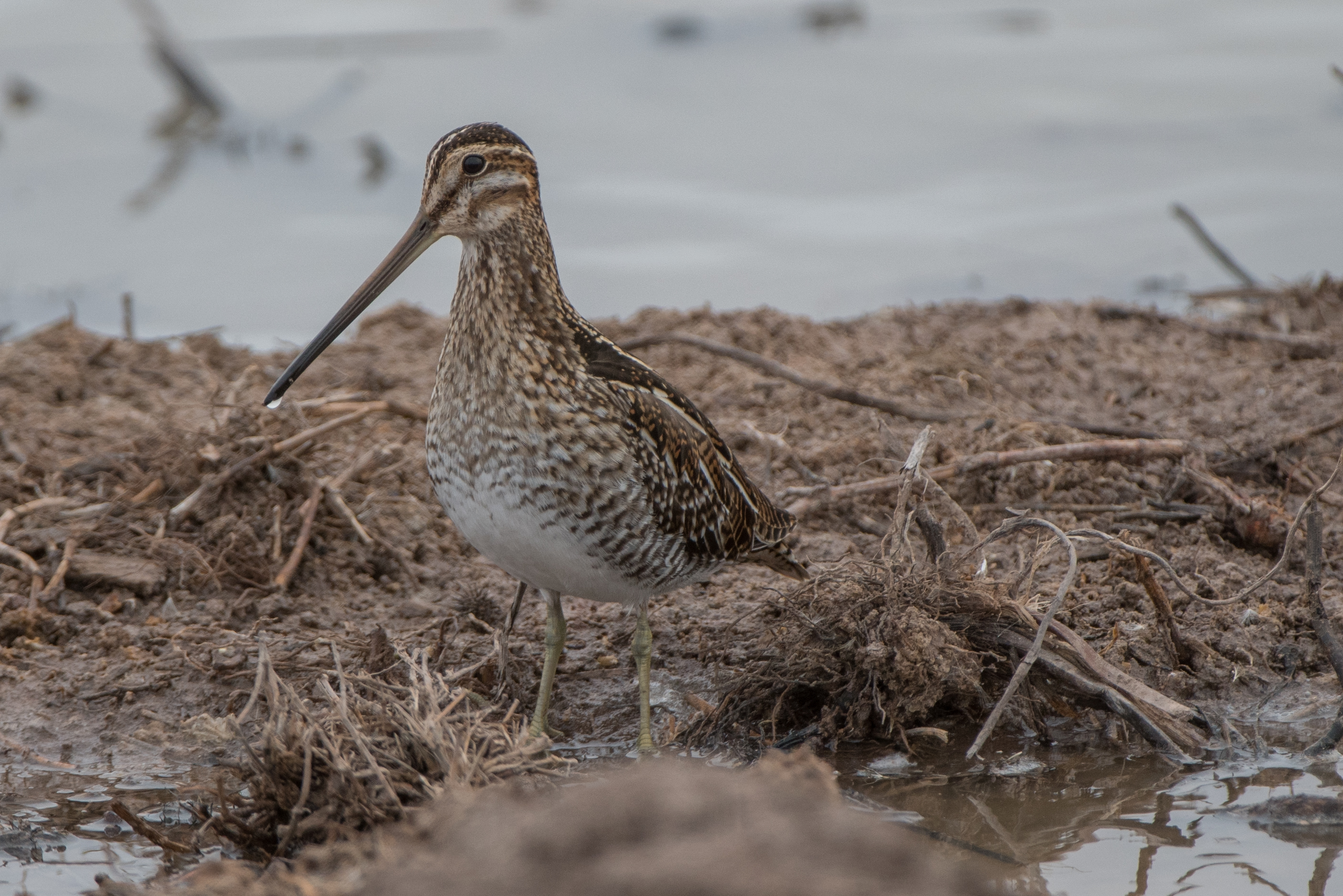
At the edge of the same pond was this single American pipit, a bird I have seen in Skagit County on rare occasions.
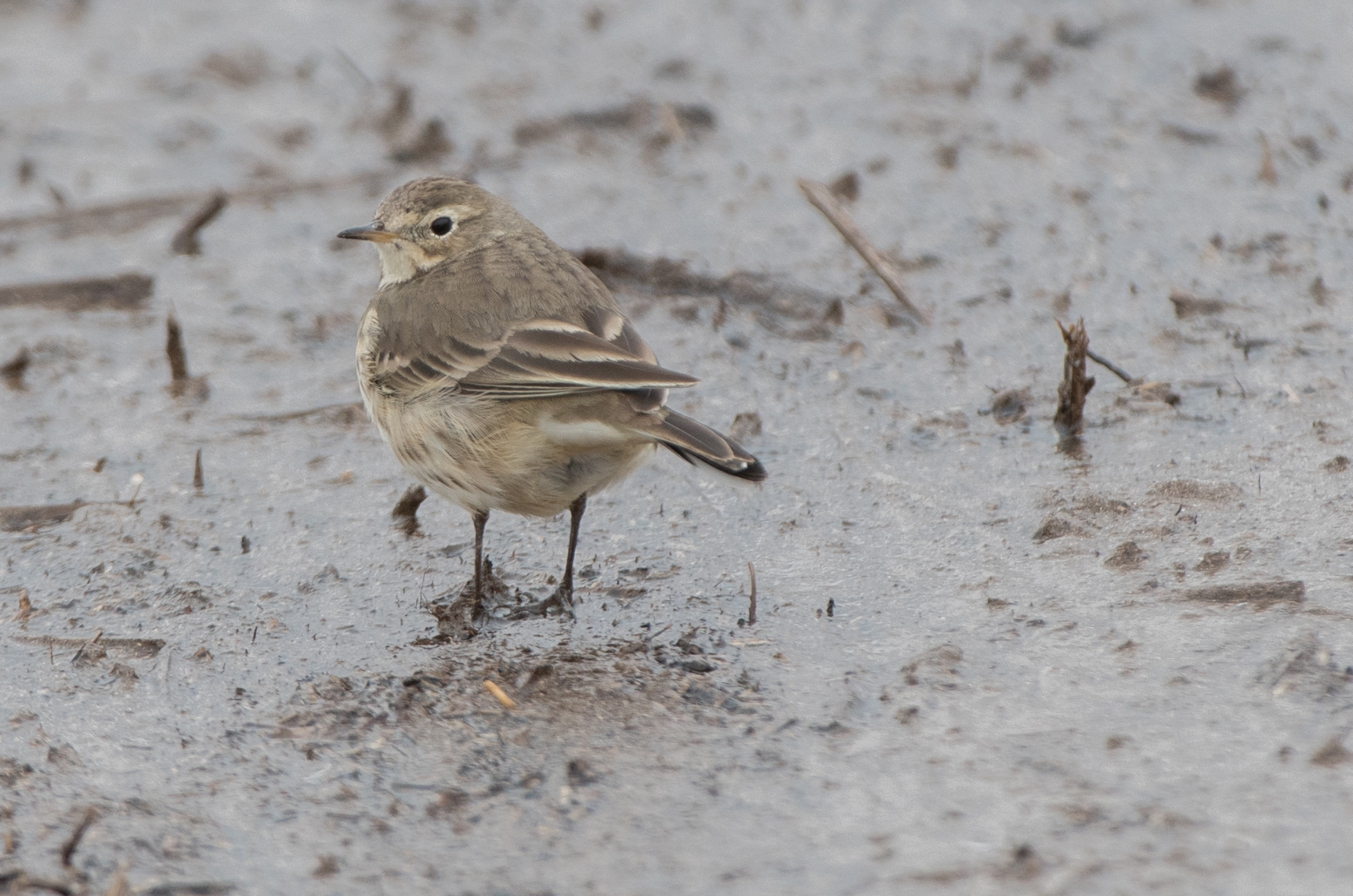
I think we found the winter repository for many of North America’s White-crowned sparrows. They were everywhere on the refuge and if you saw a sparrow at an unidentifiable distance you could pretty much assume that it was a White-crown!
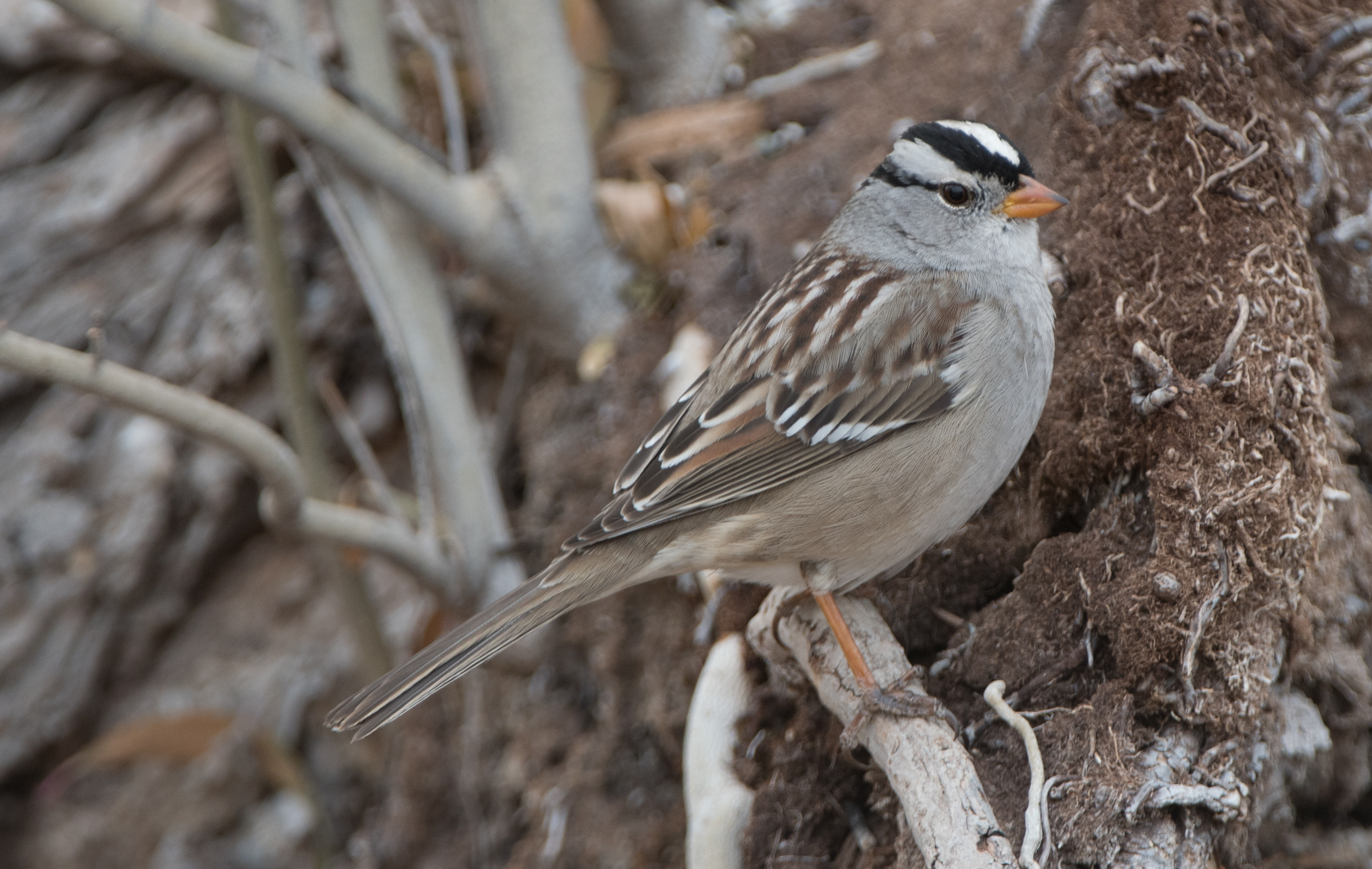
Here are several that were attracted to a small artificial water source on a rock.
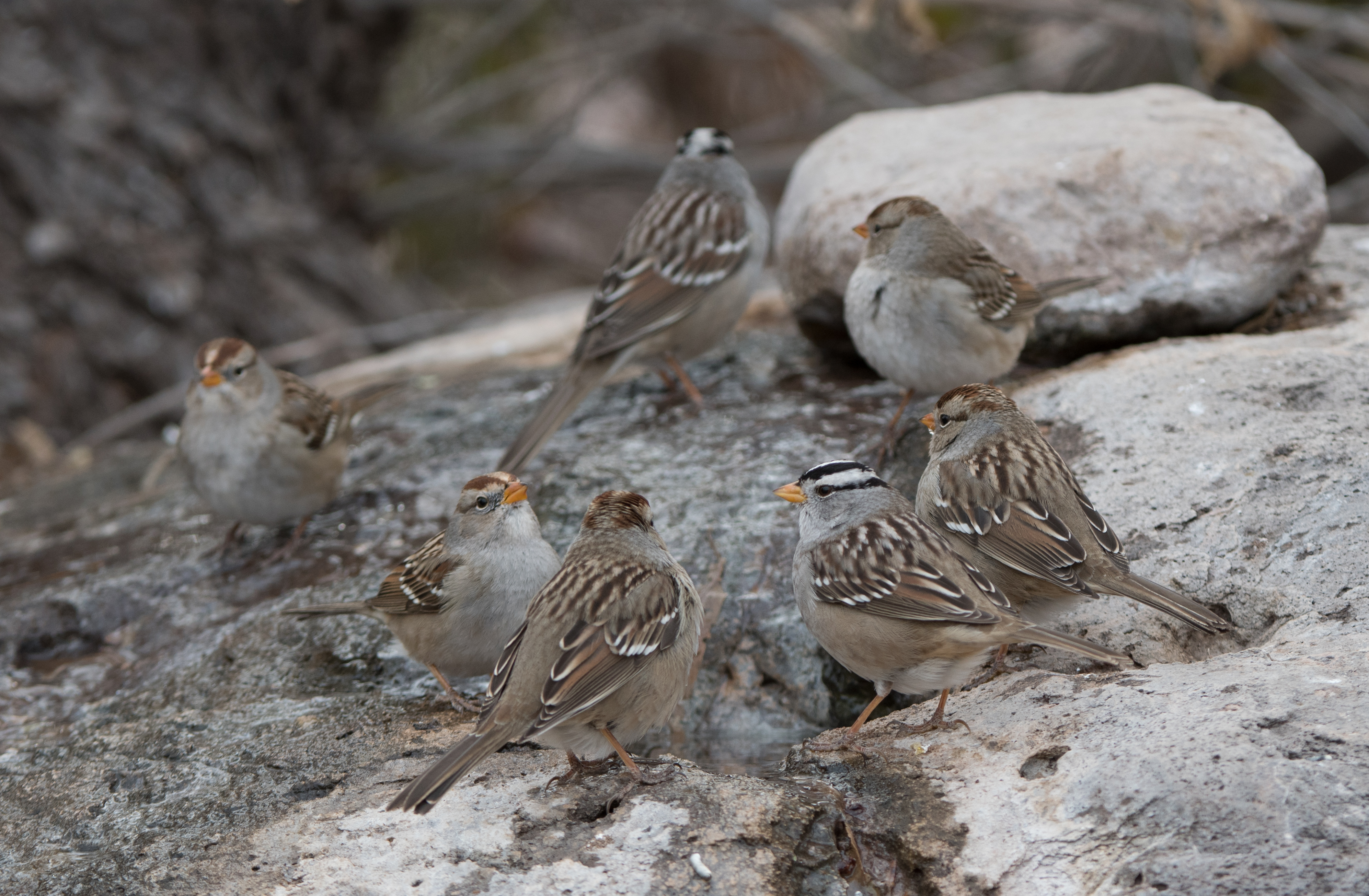
One of my favorite birds, probably because I so rarely see them, is the White-throated sparrow.
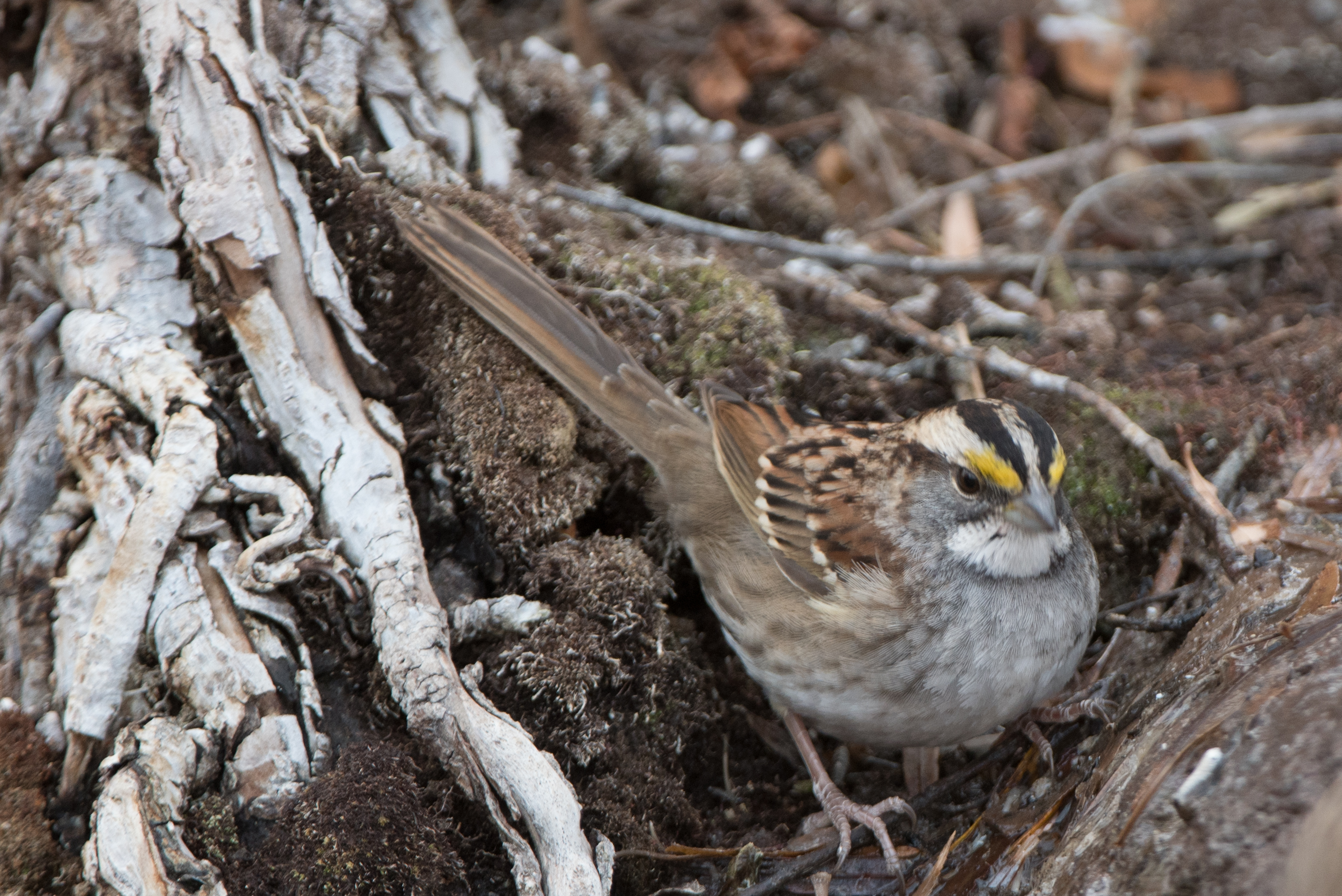
And when we arrived back home and I was processing my photos I found that I had a White-throated sparrow (center), a White-crowned sparrow upper right) and a first winter White-crowned sparrow (lower right) all in the same photograph!
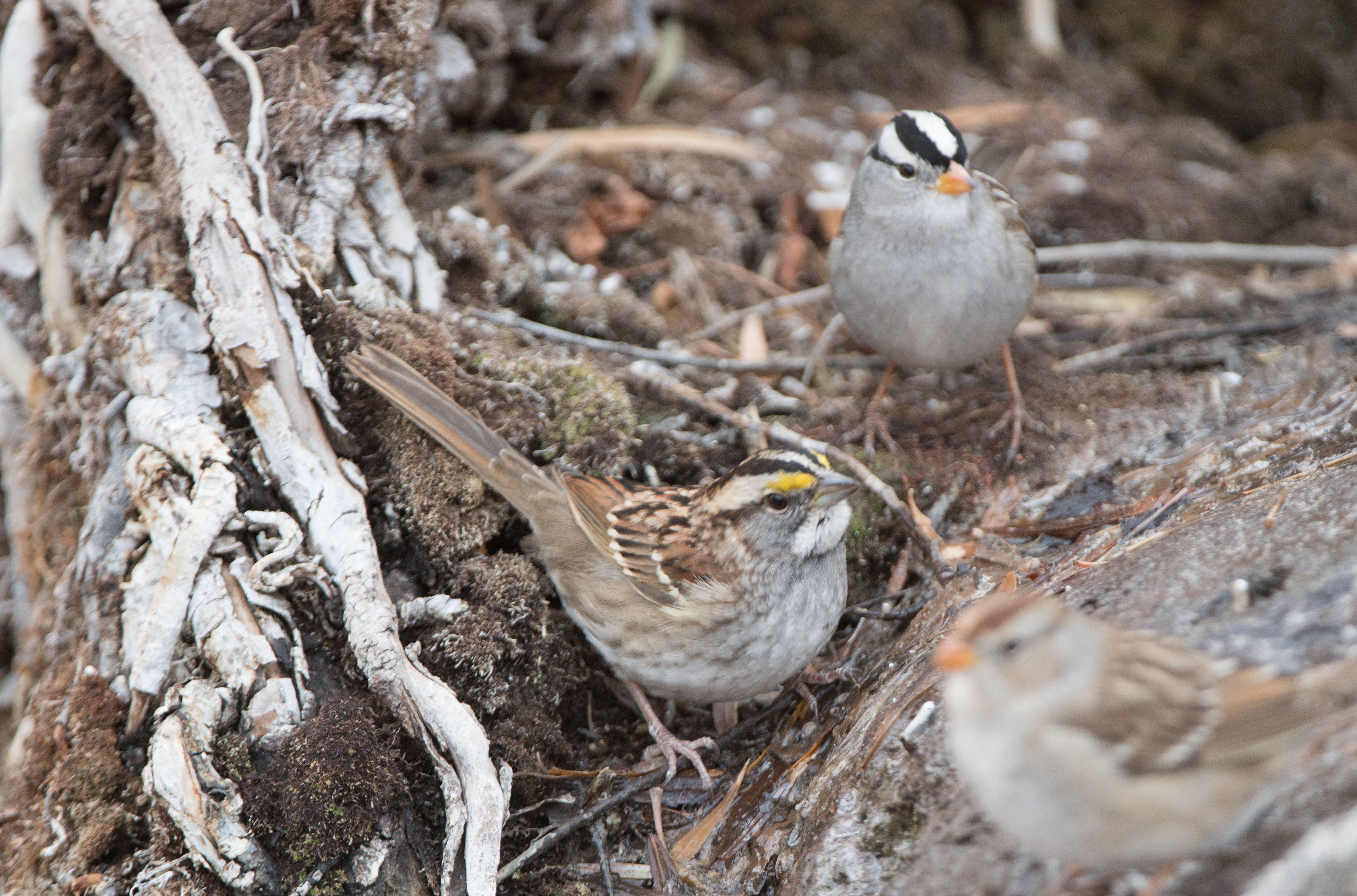
I had one more morning (12/8/2018) to photograph the “fly-off” before we moved north to Santa Fe. Here’s a Sandhill crane moving out of the relative safety of one of the ponds…
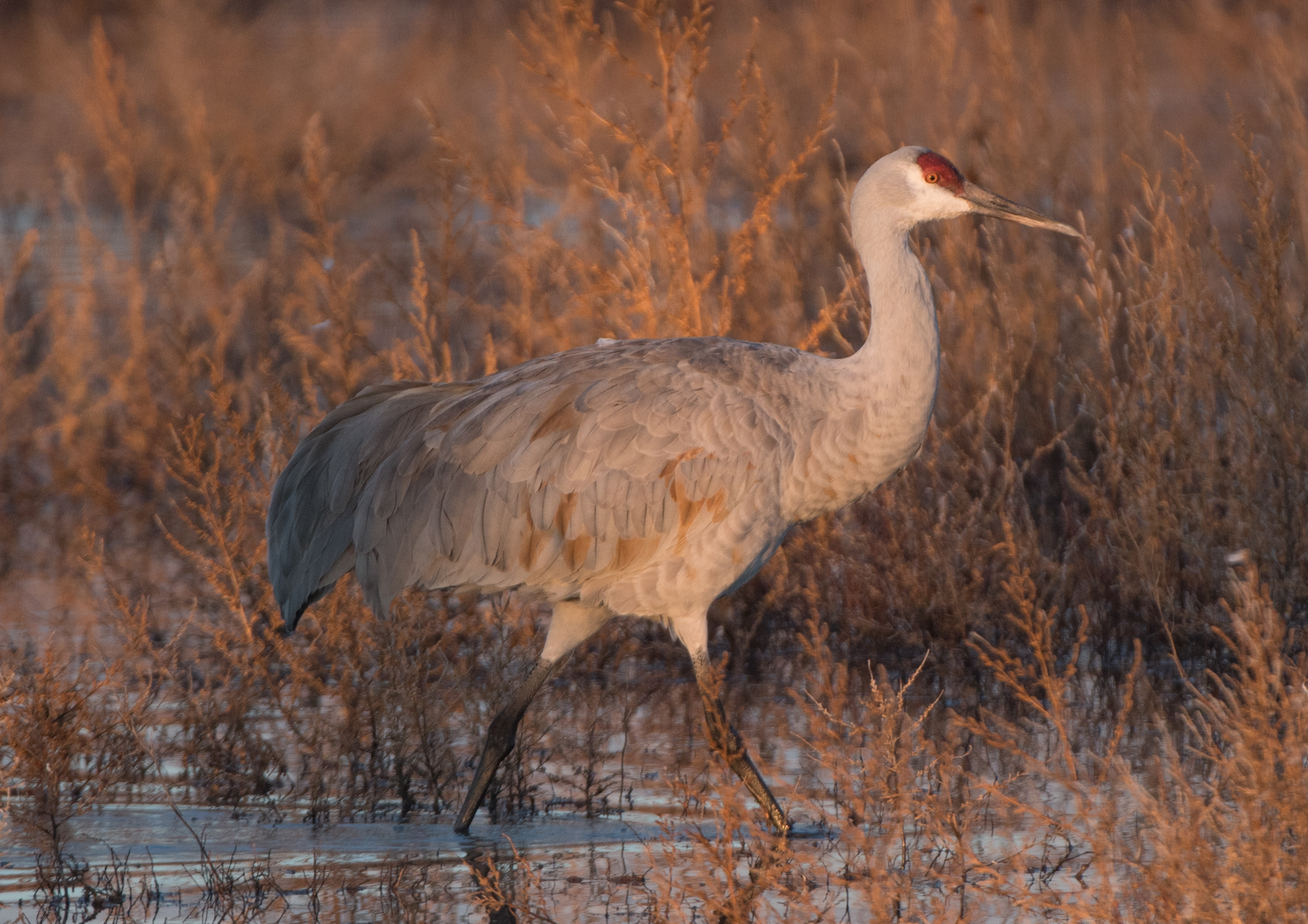
And a pair of cranes leaving for the day to forage in the surrounding farm fields.
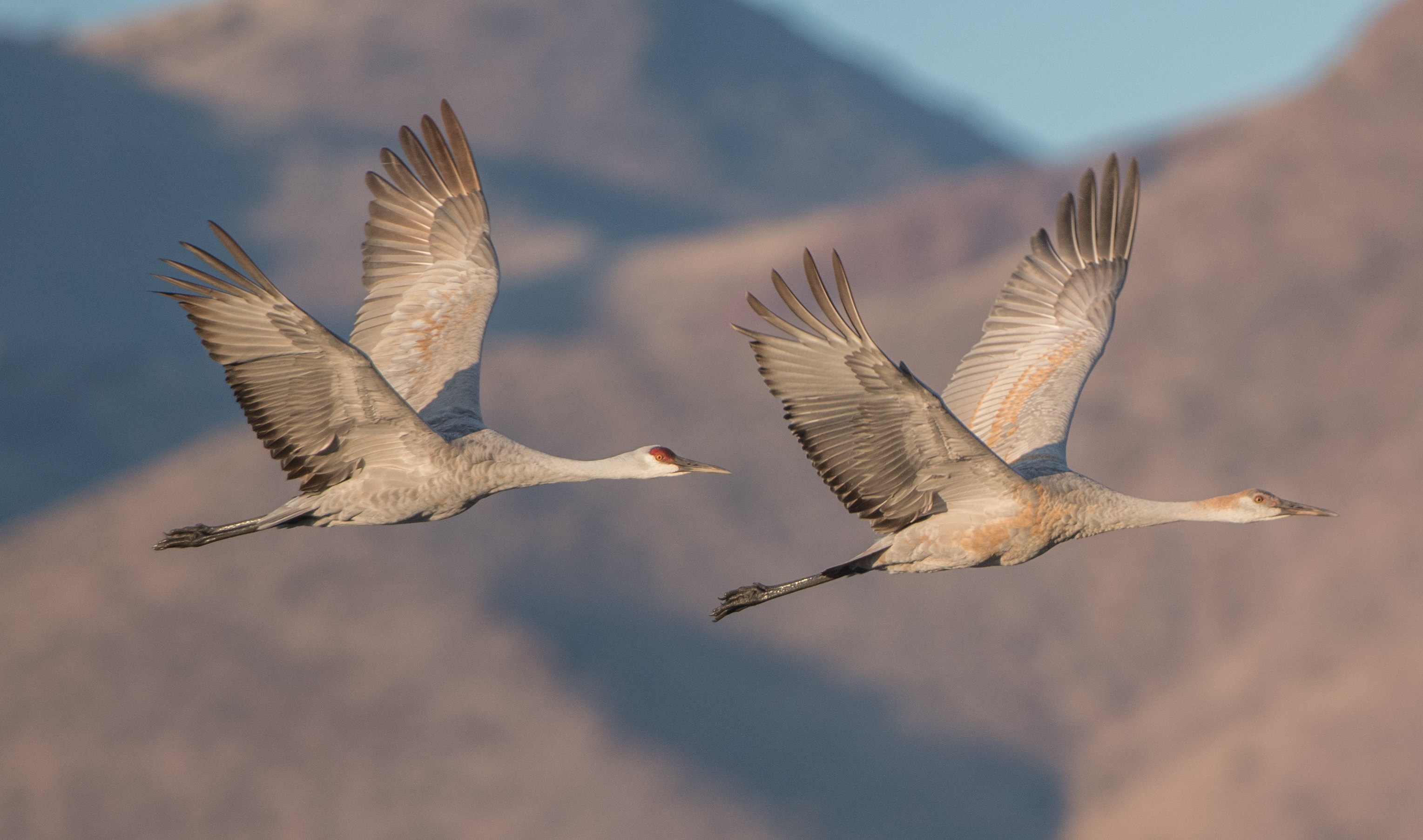
I took 1272 photos during two full days and two very partial days of photography in New Mexico. I’ll next post a few photos taken in the Santa Fe area.

